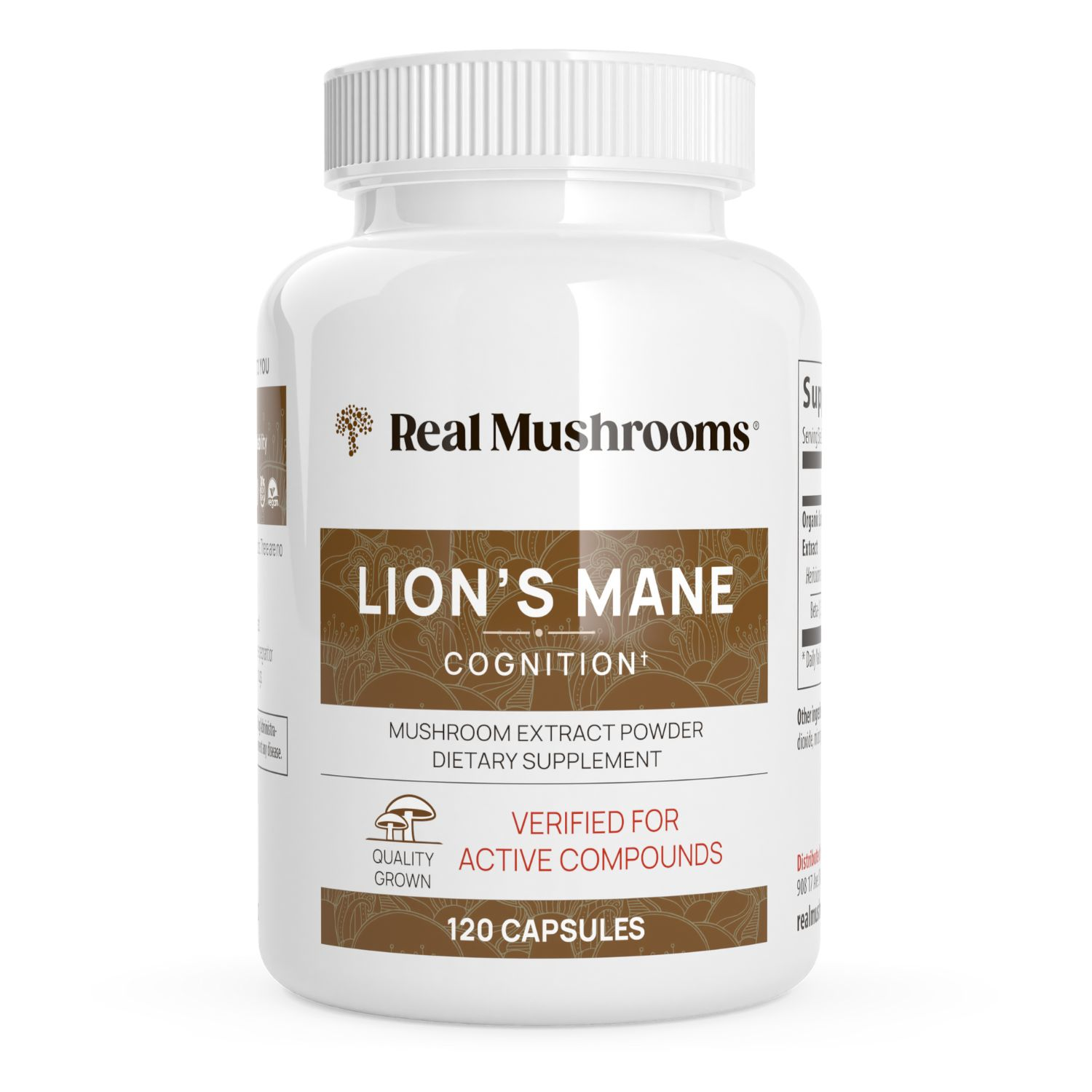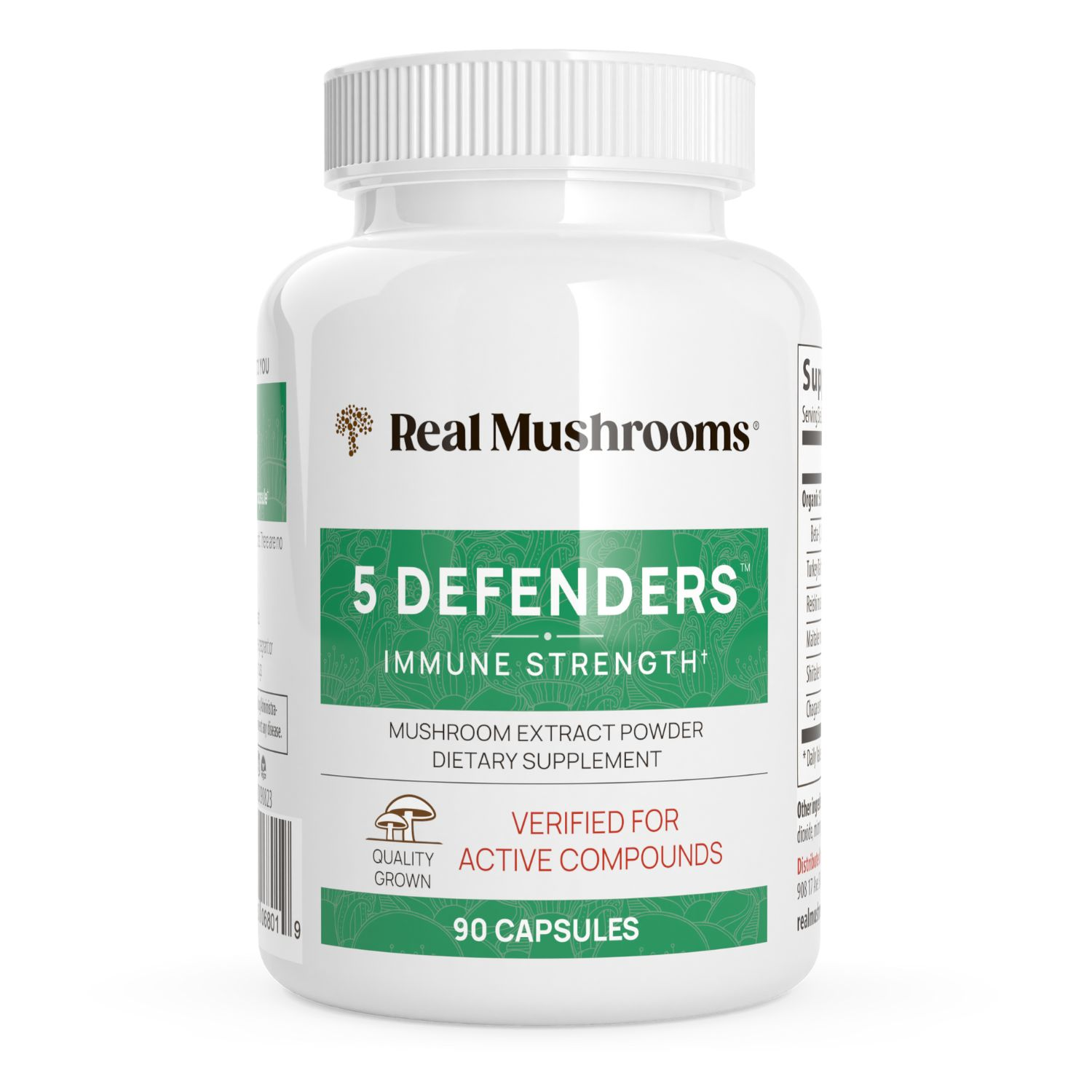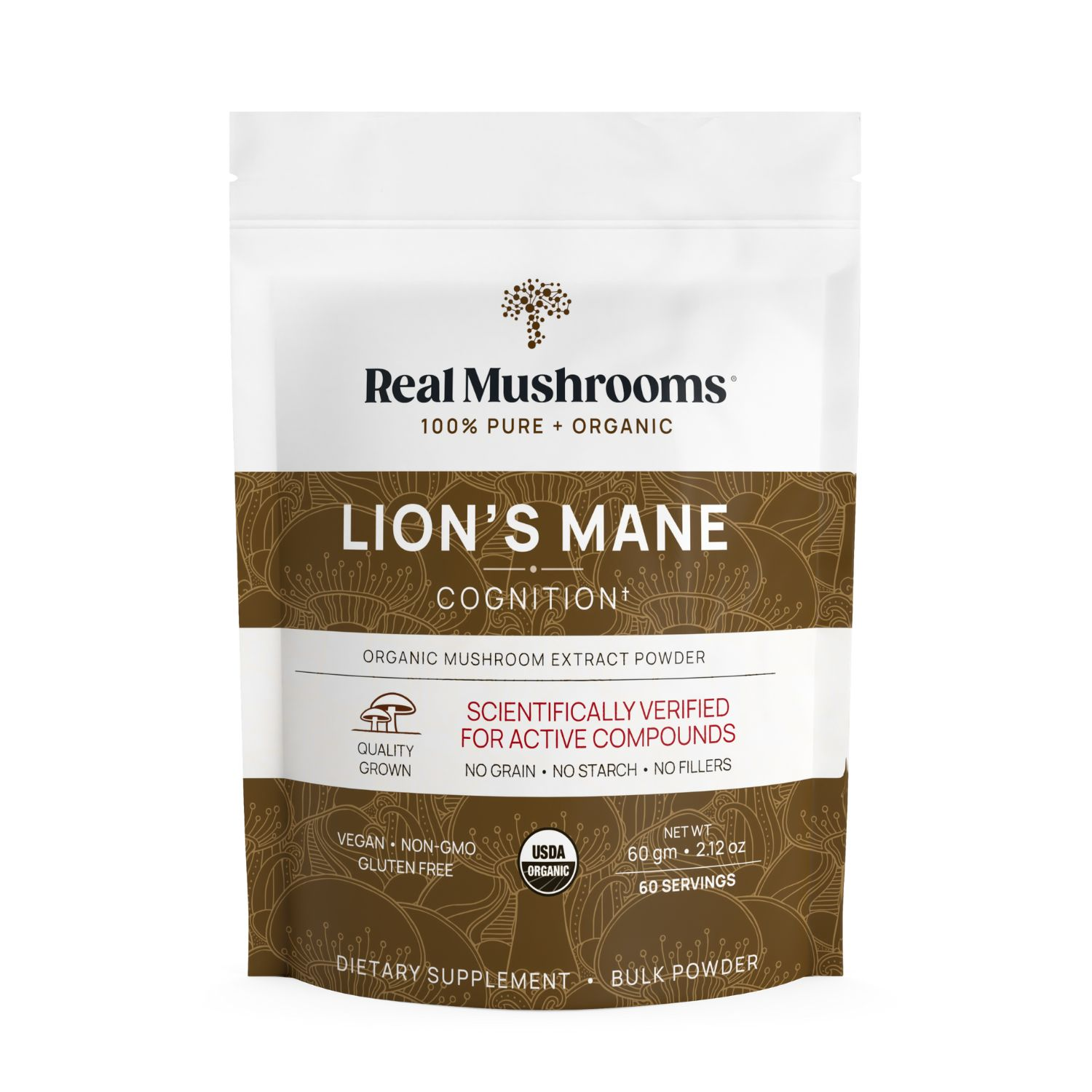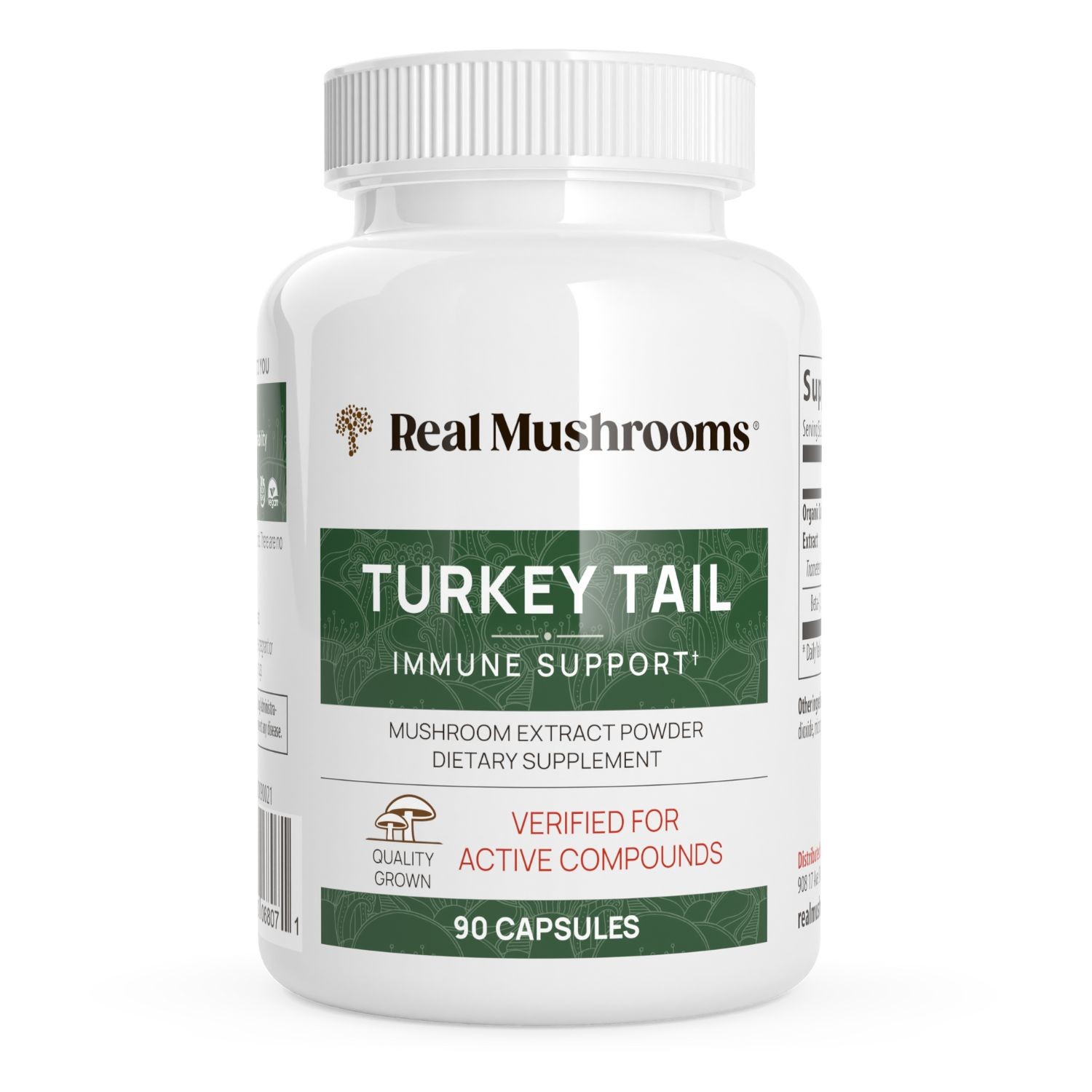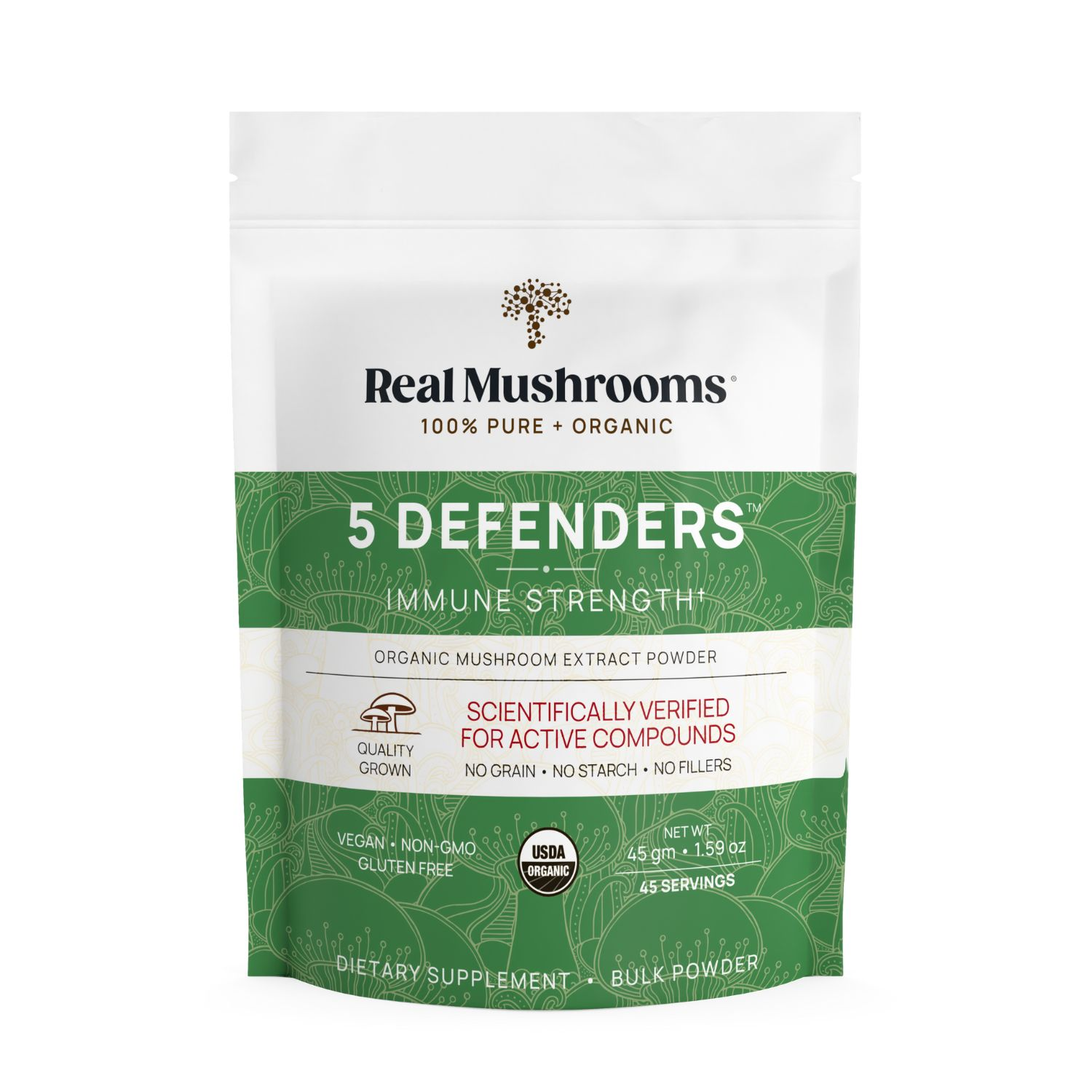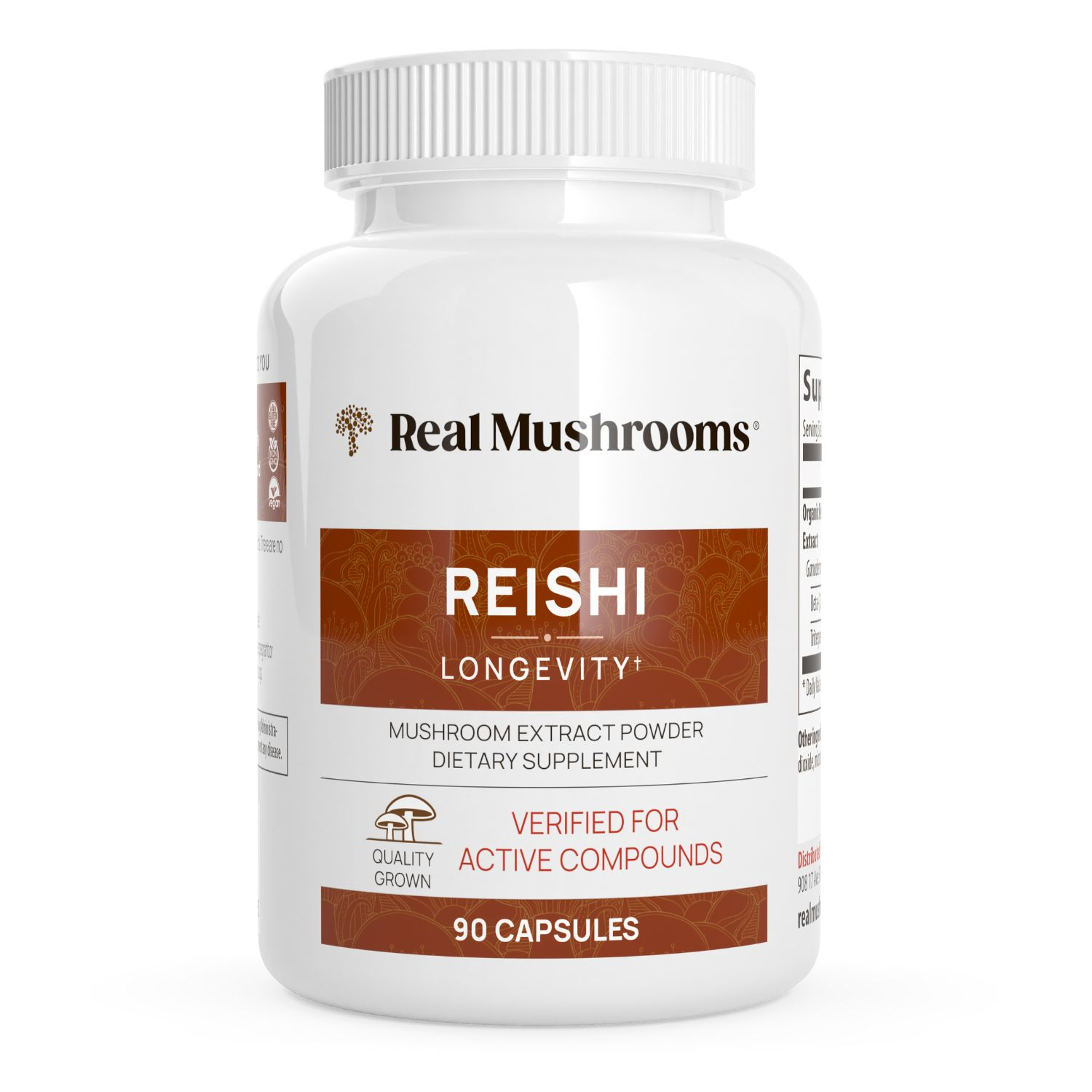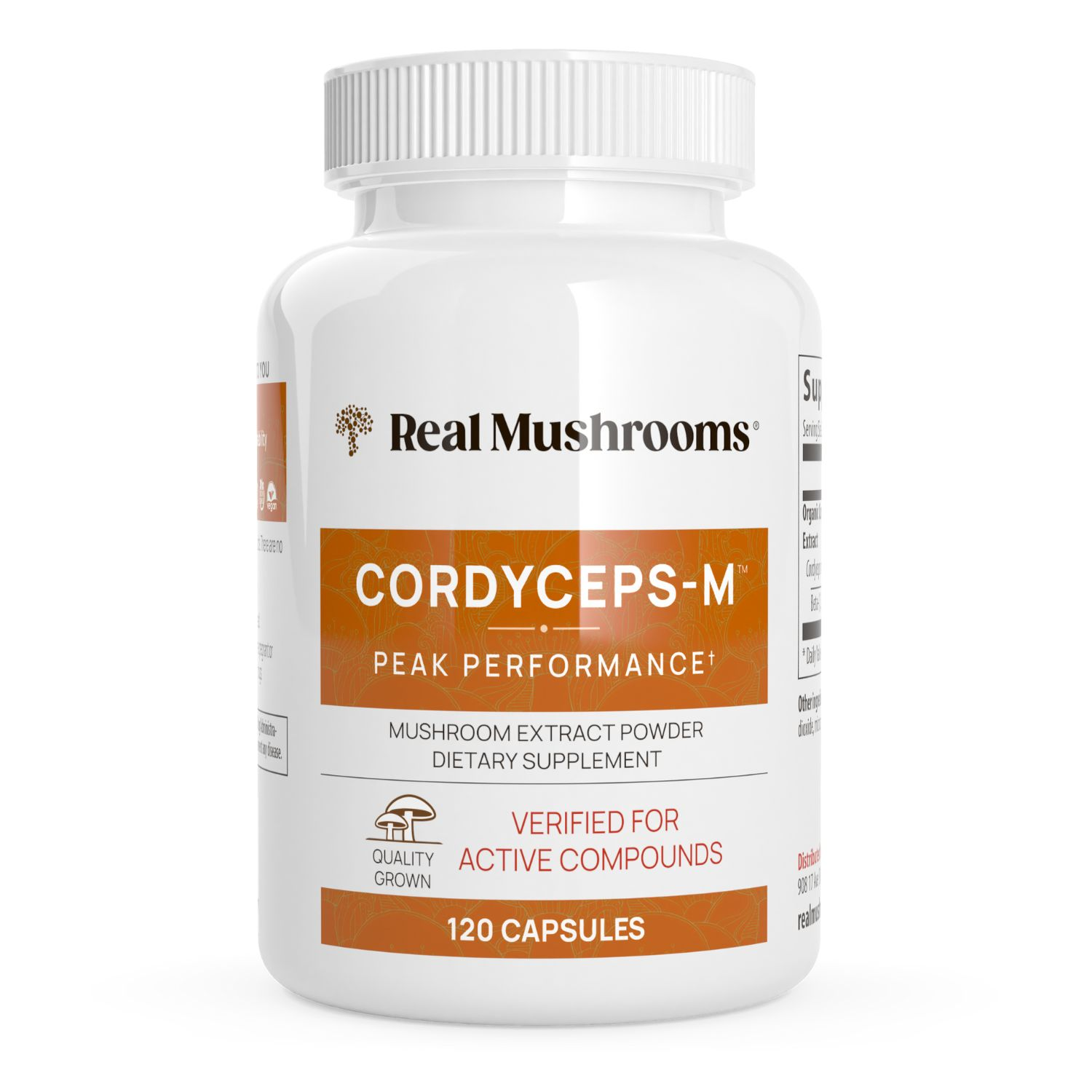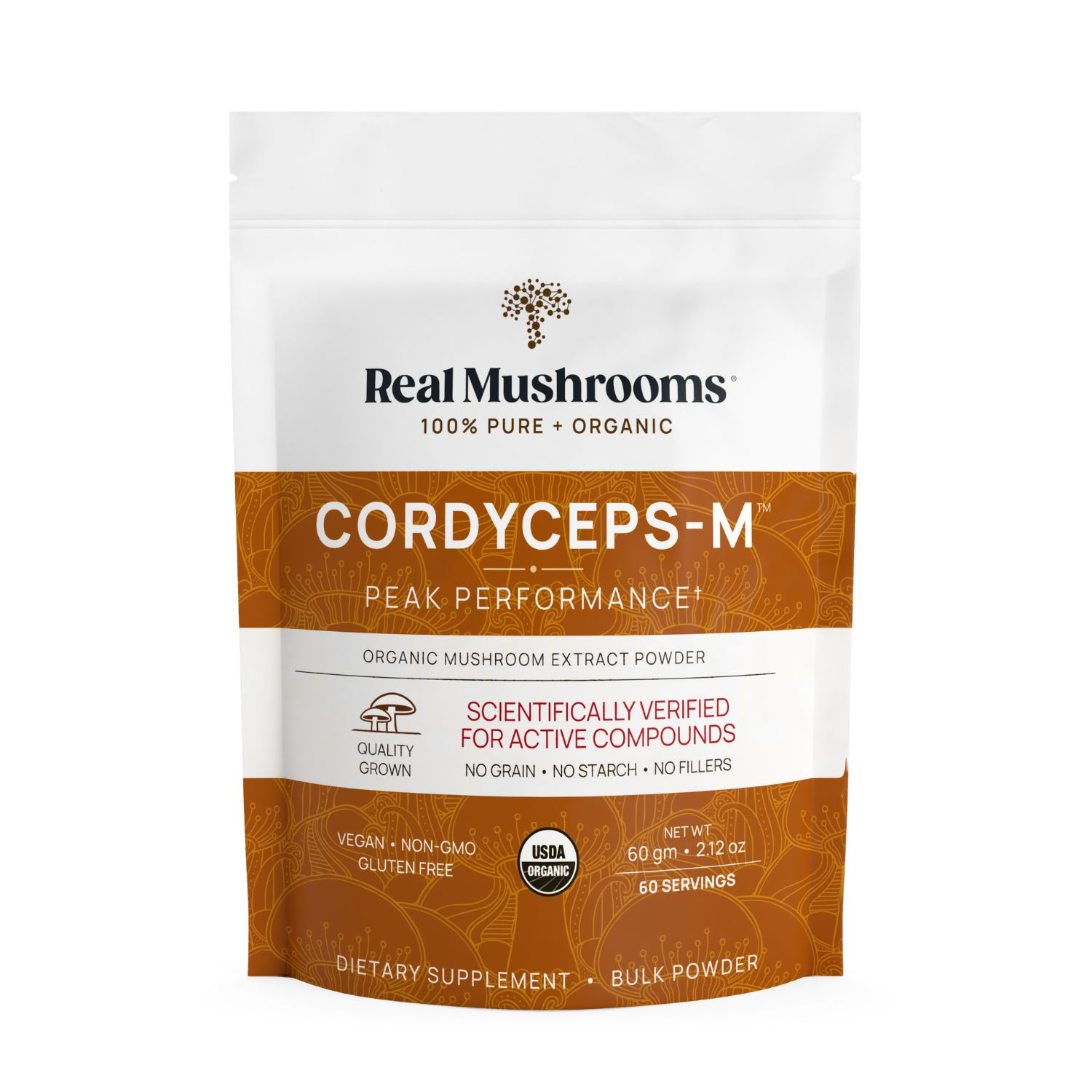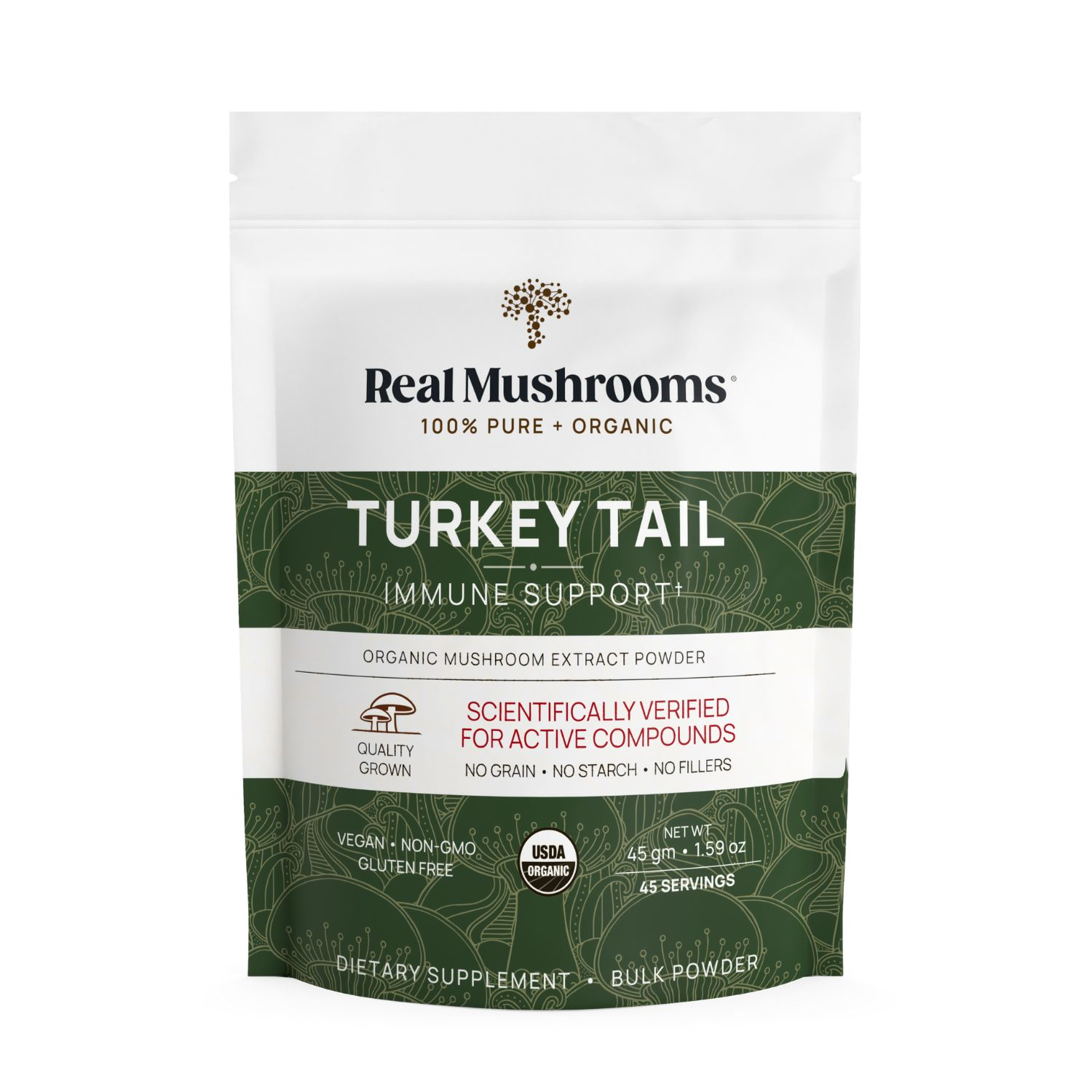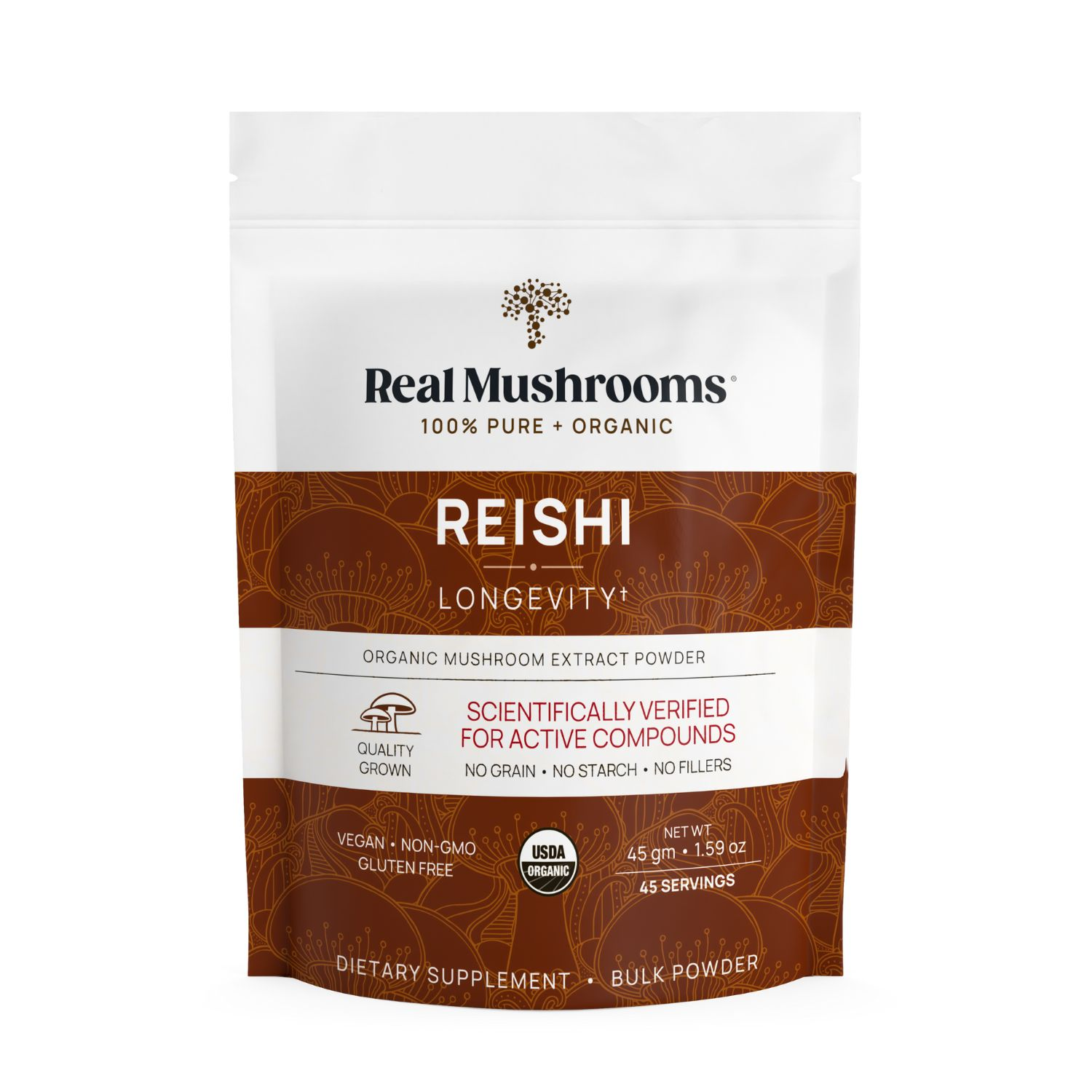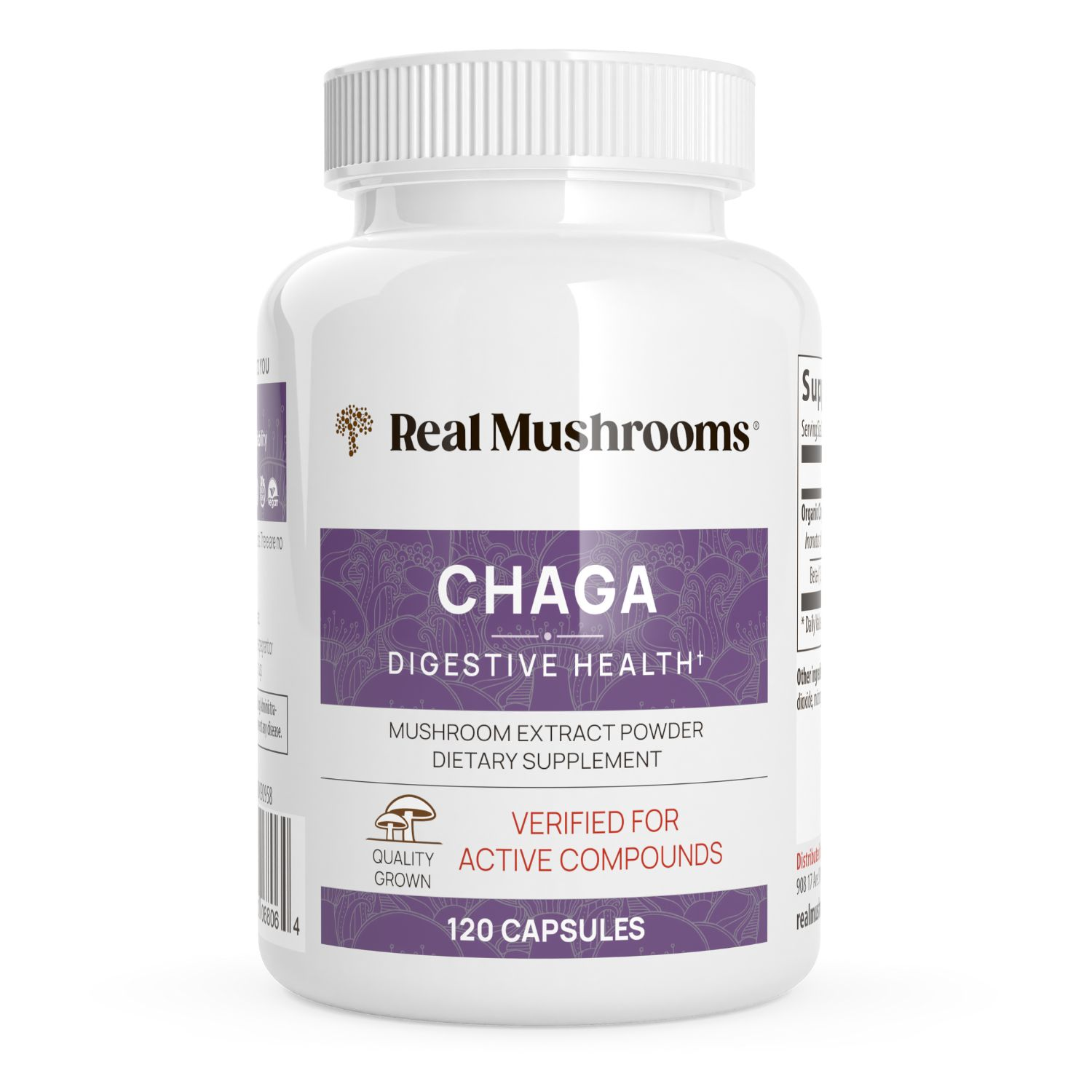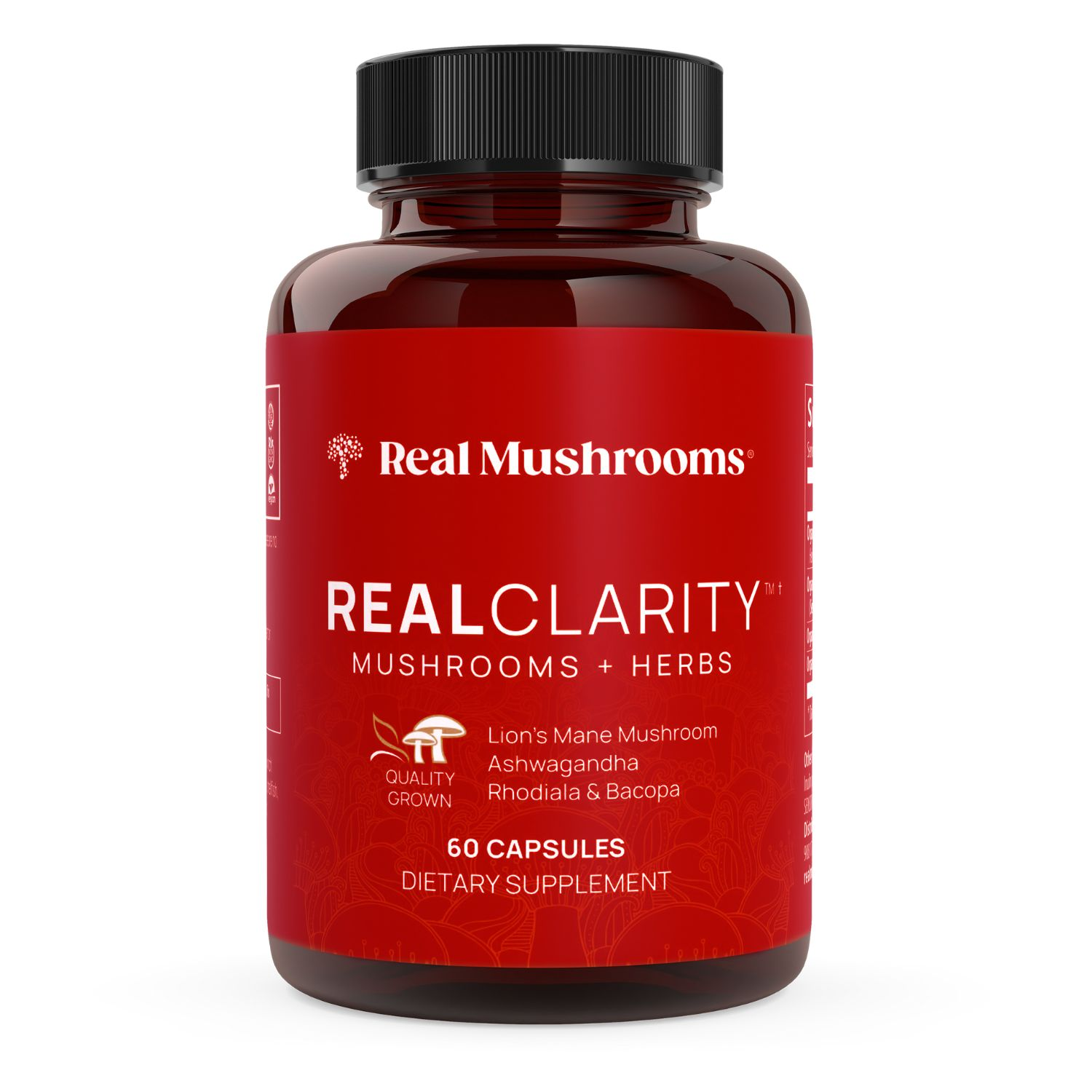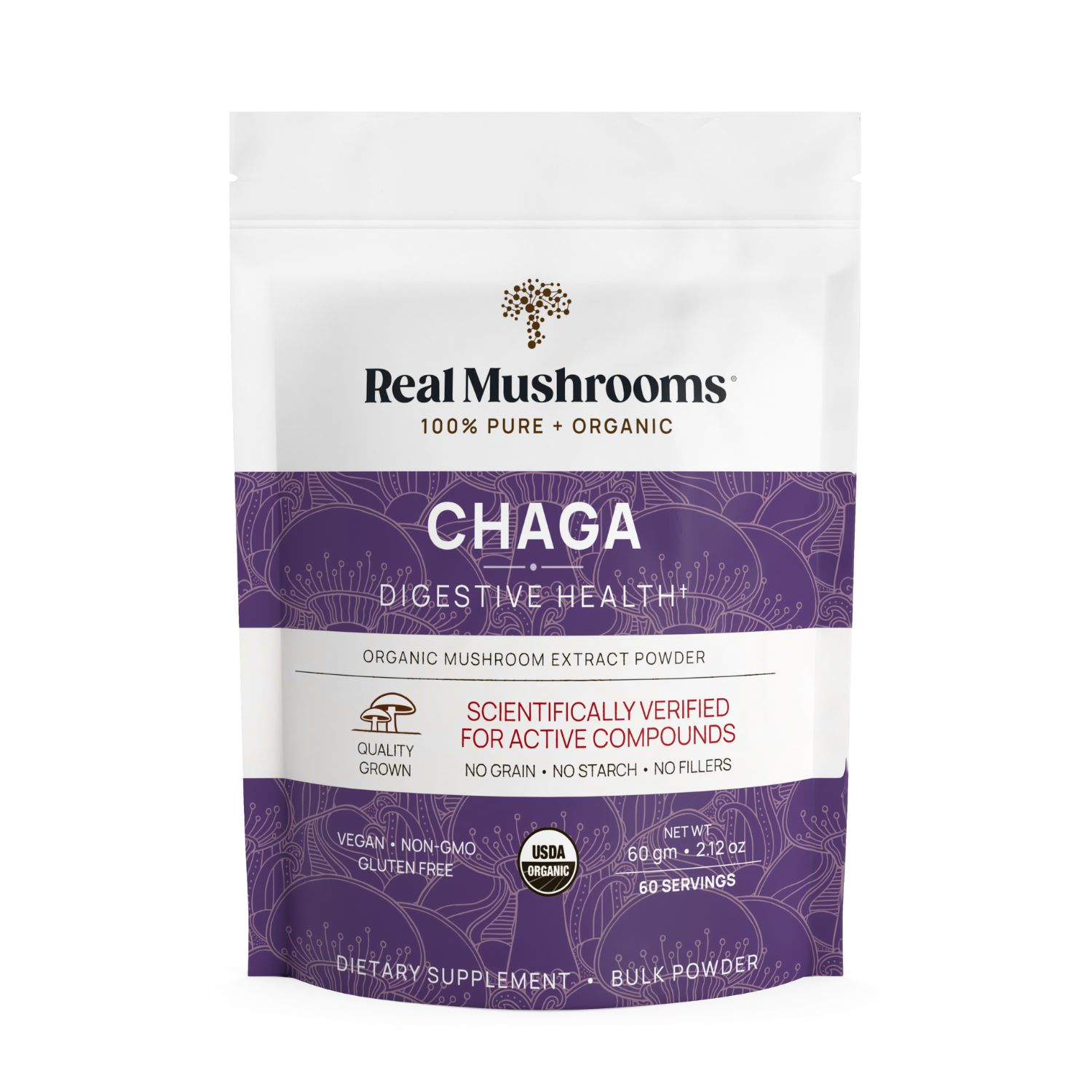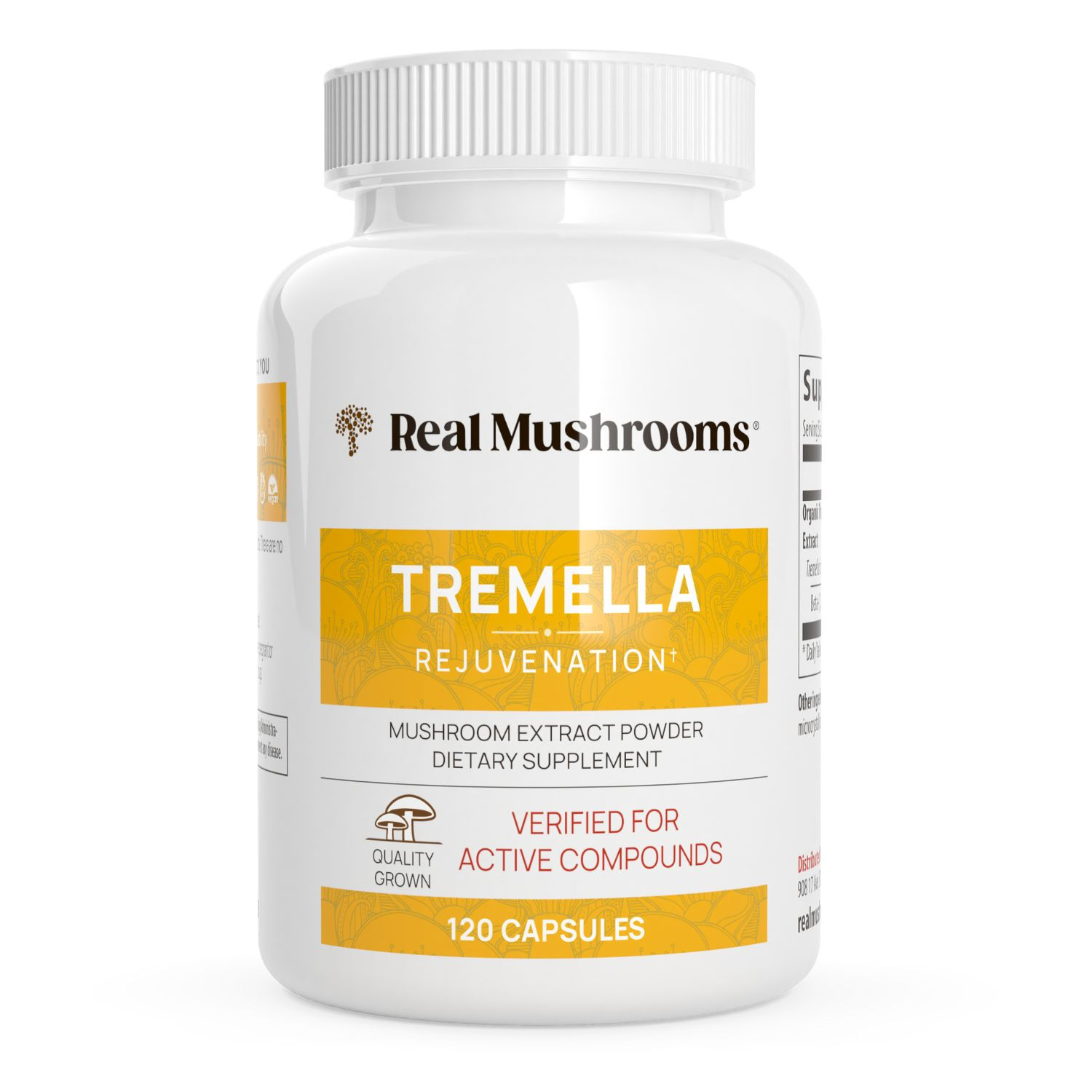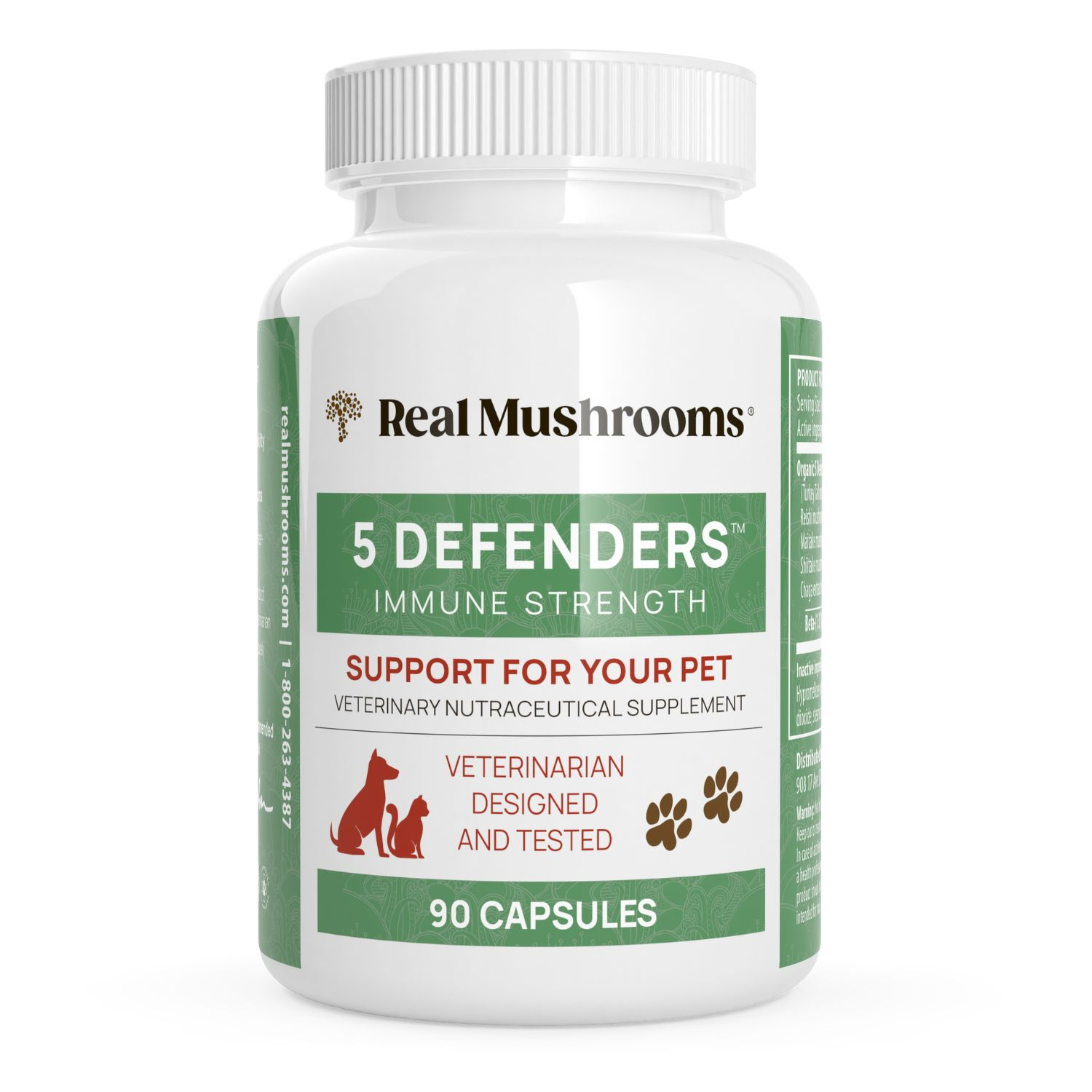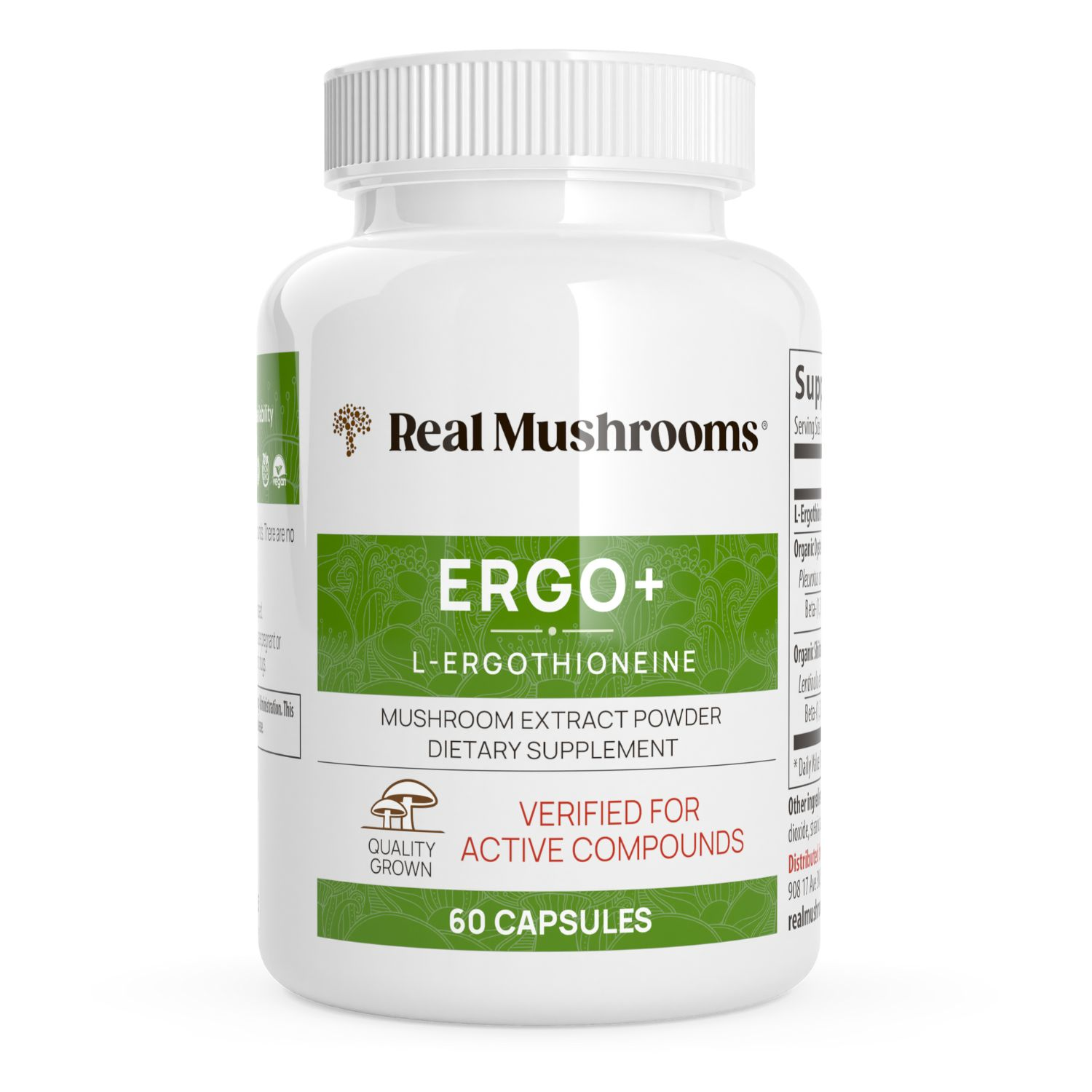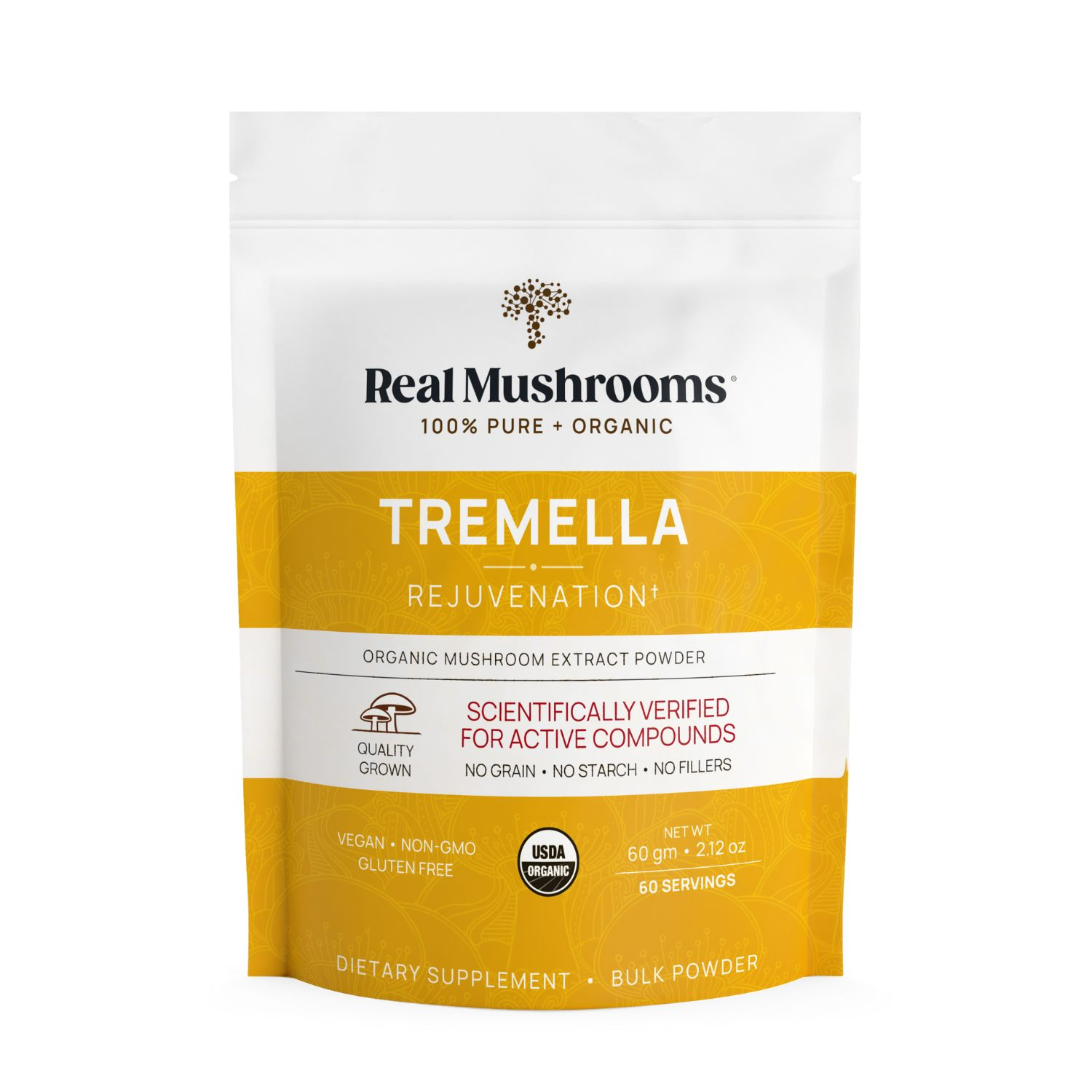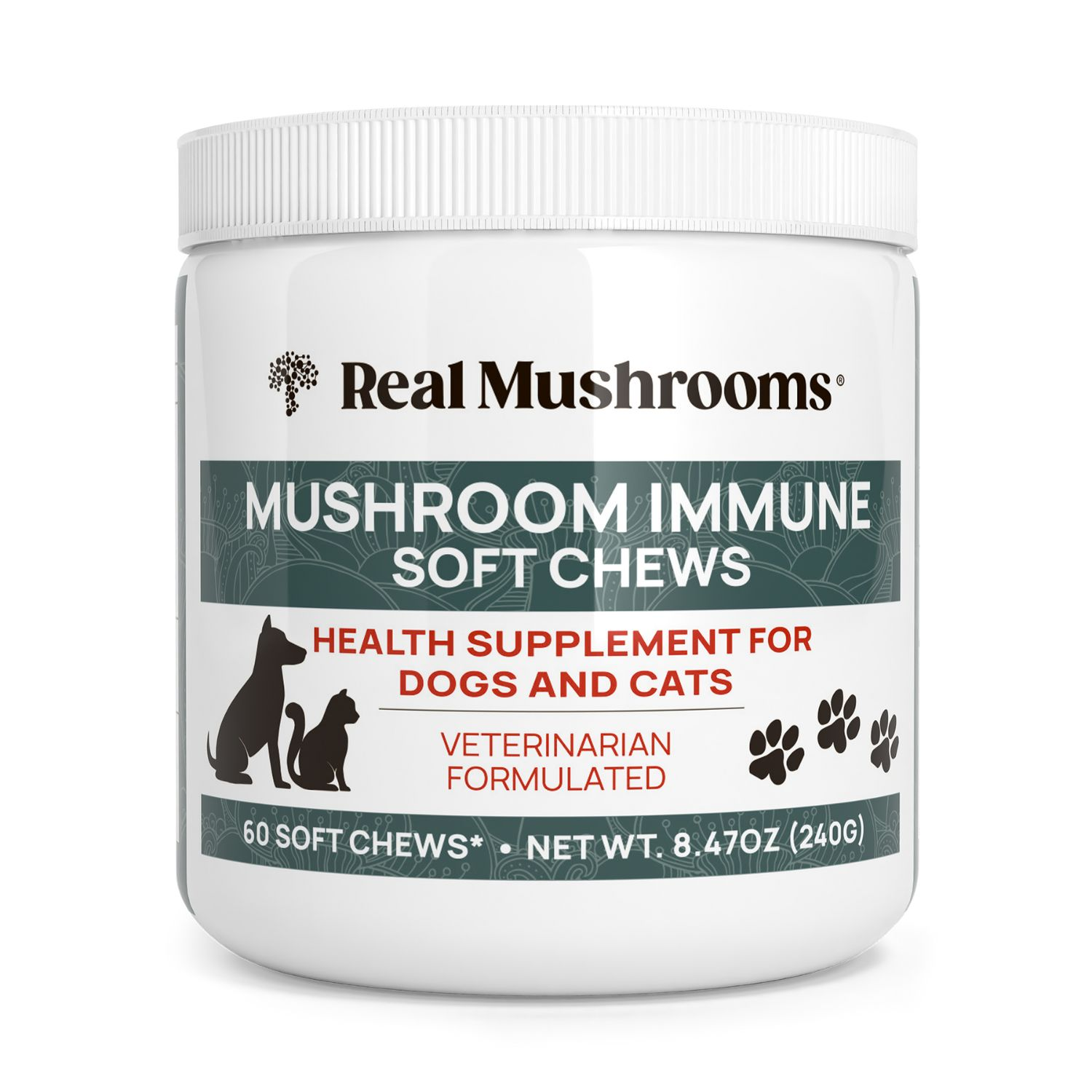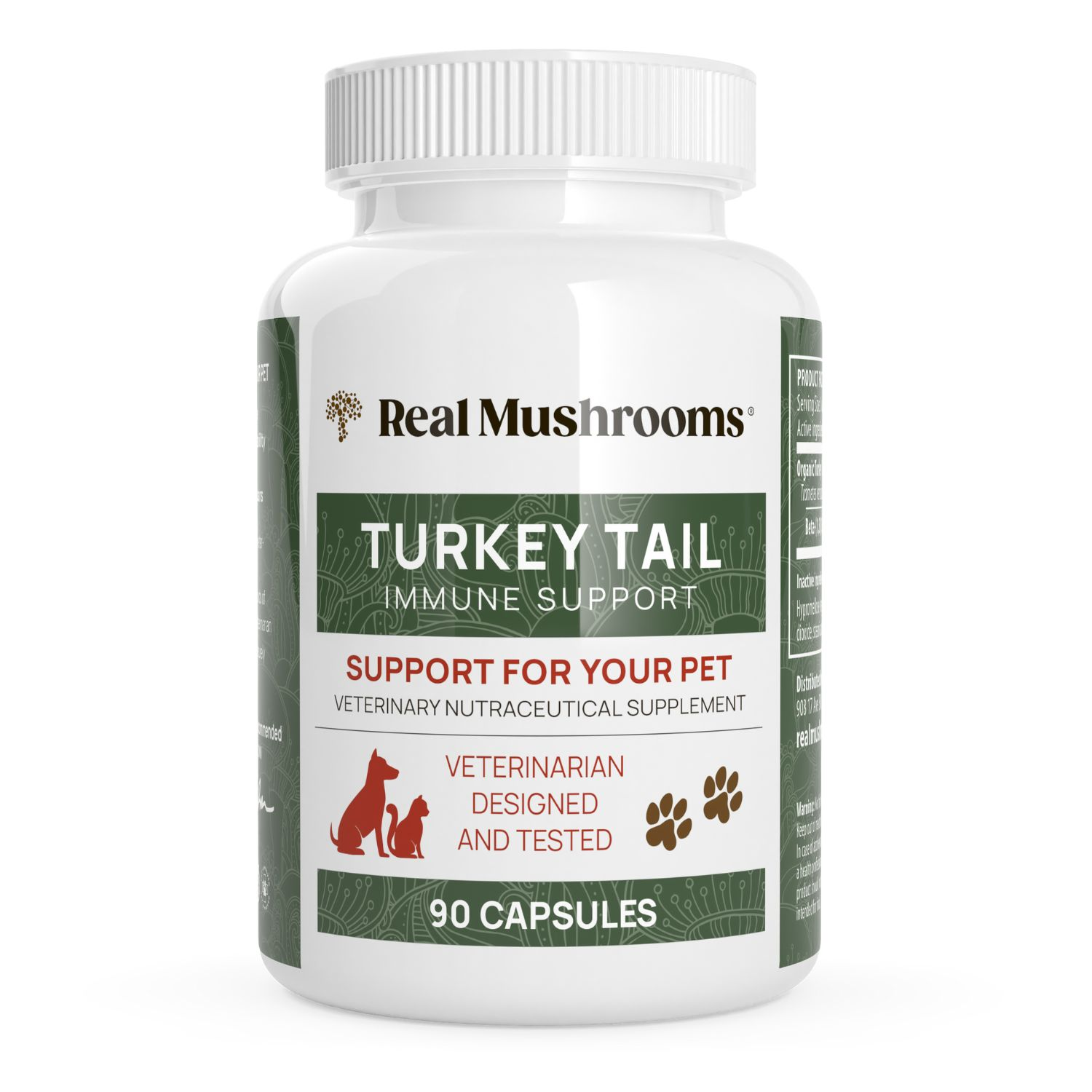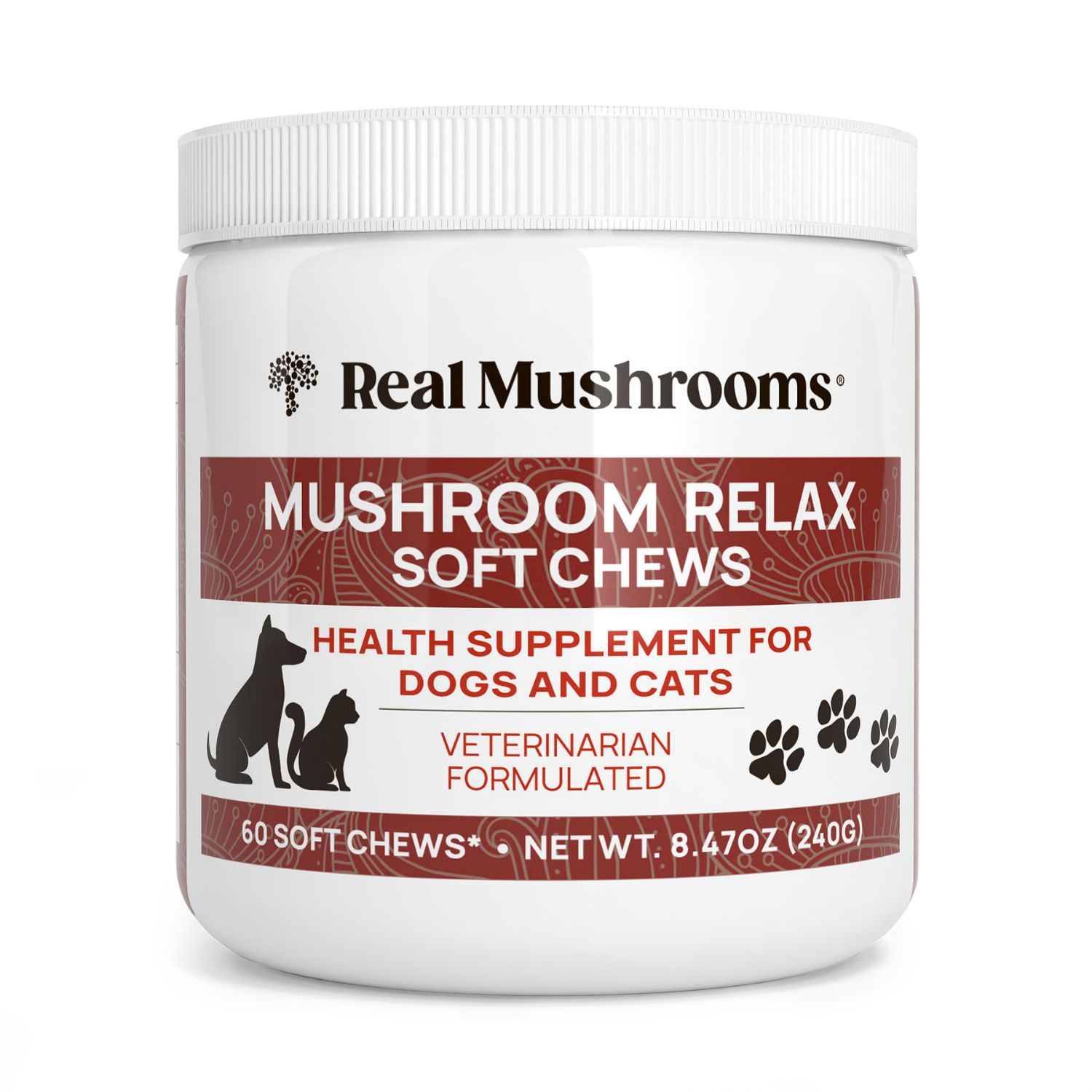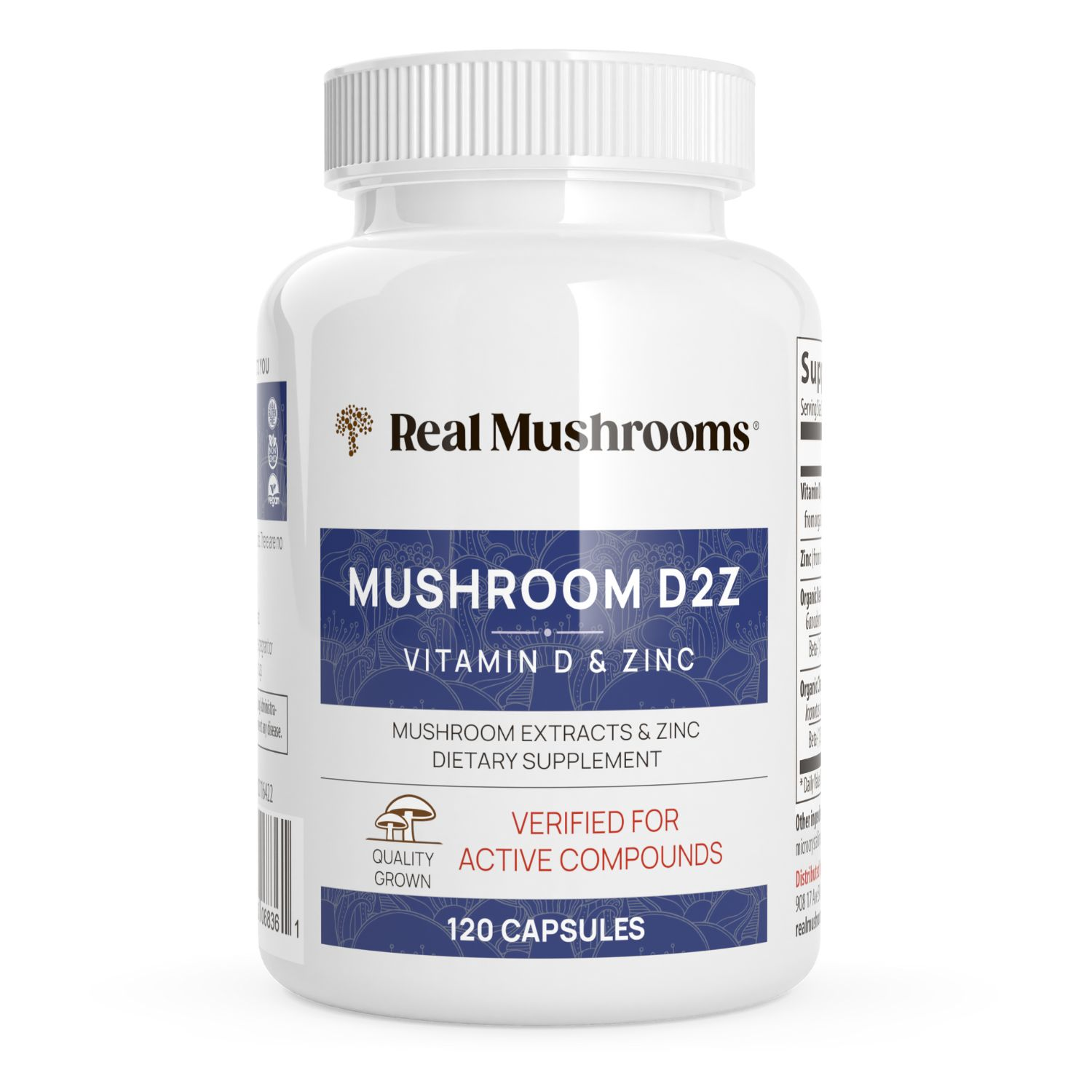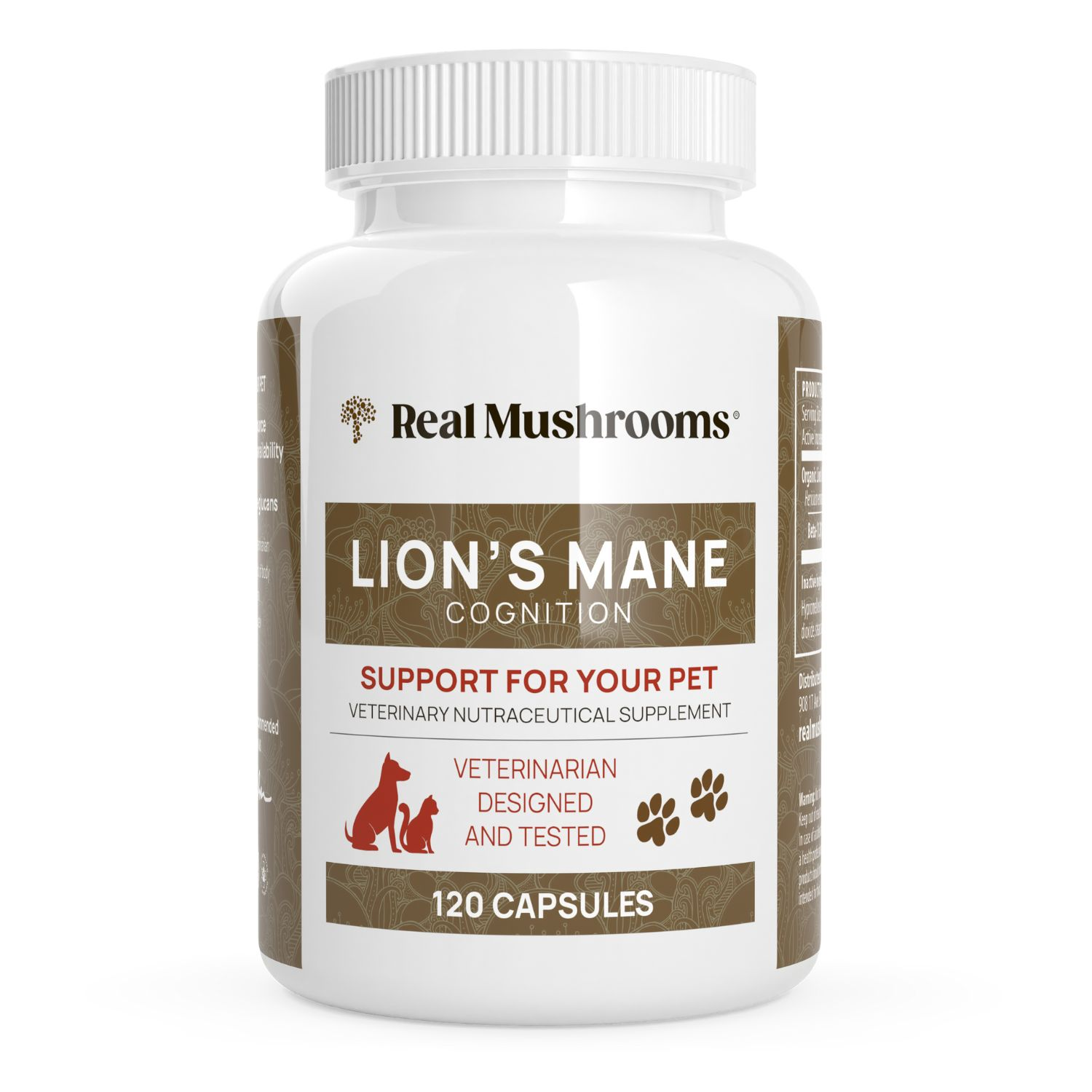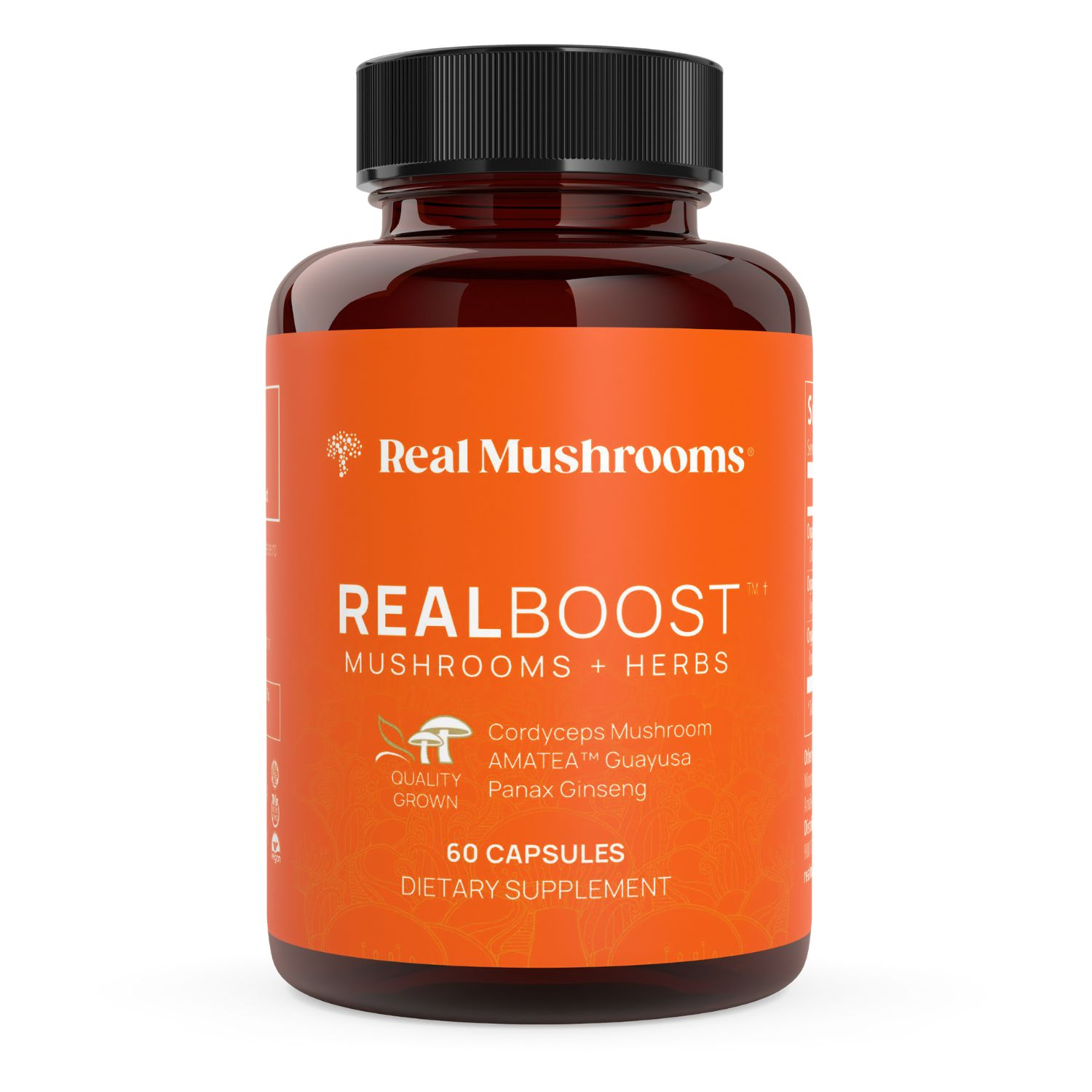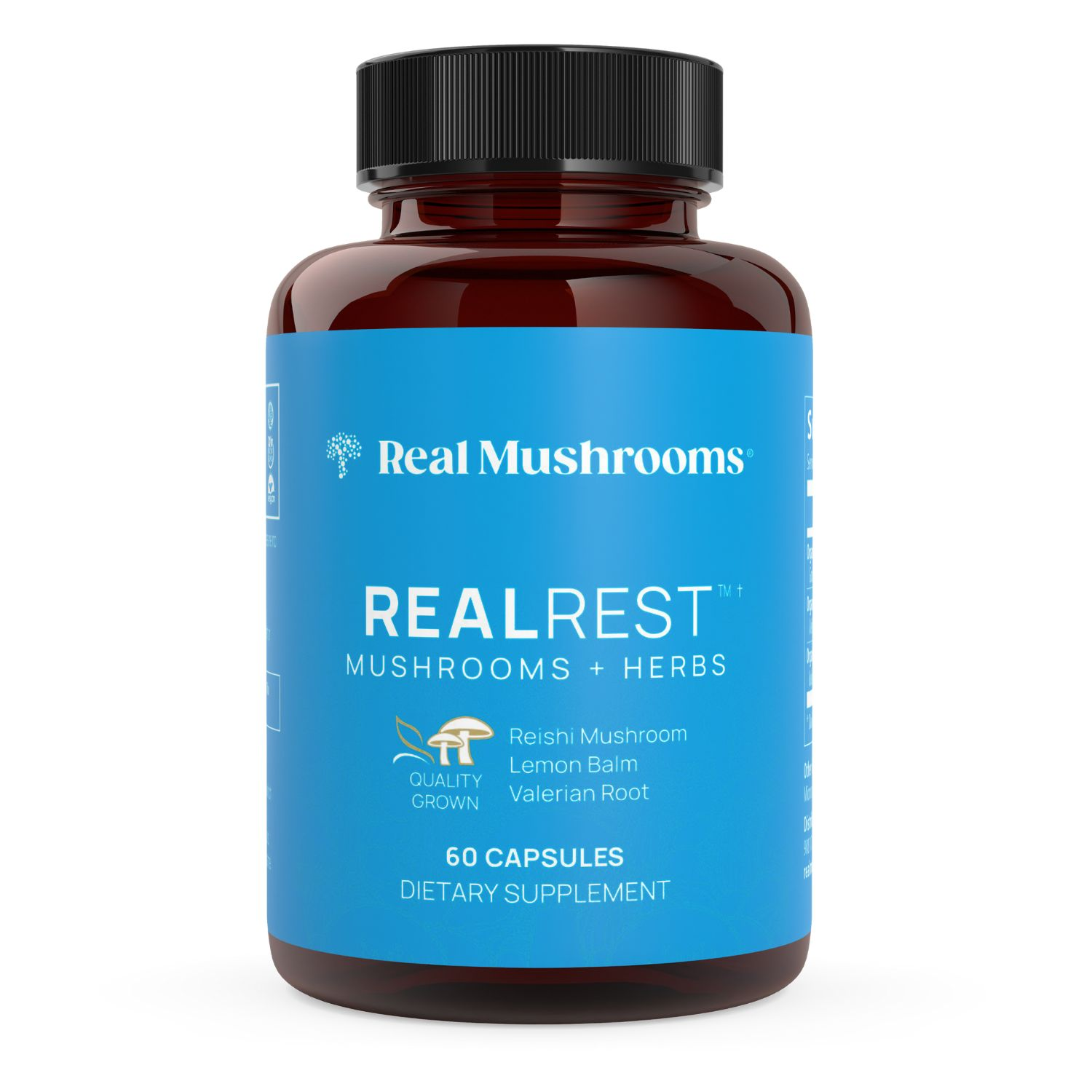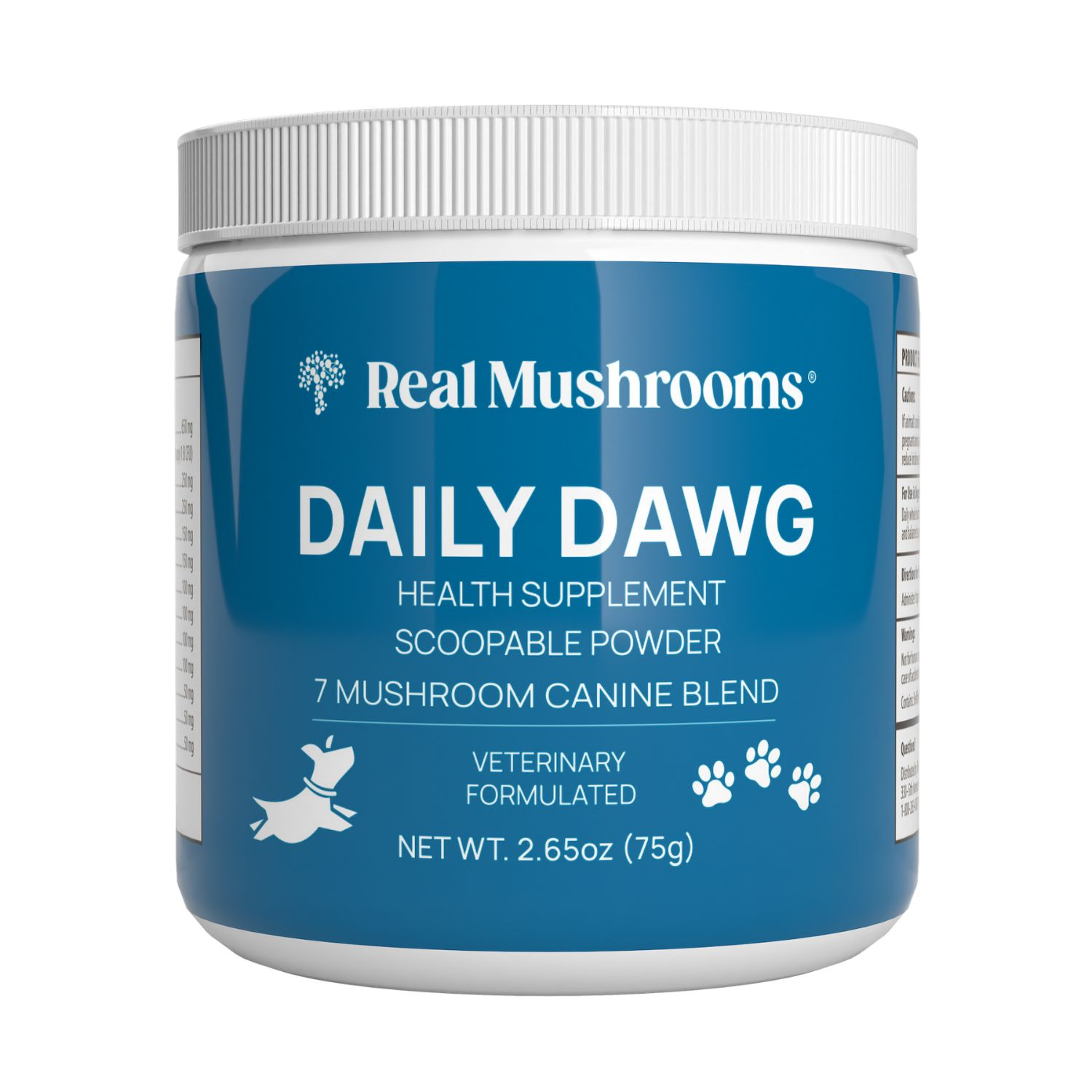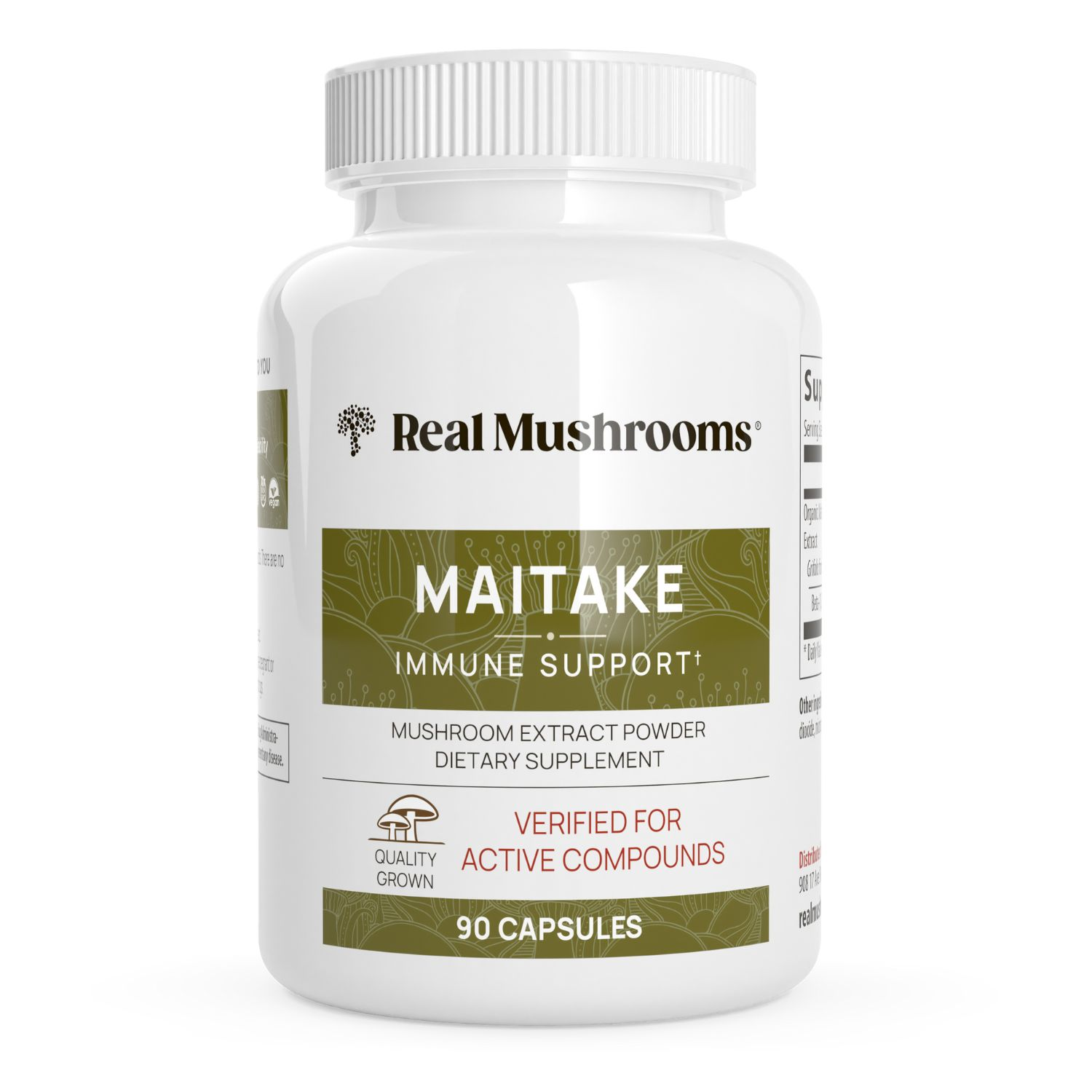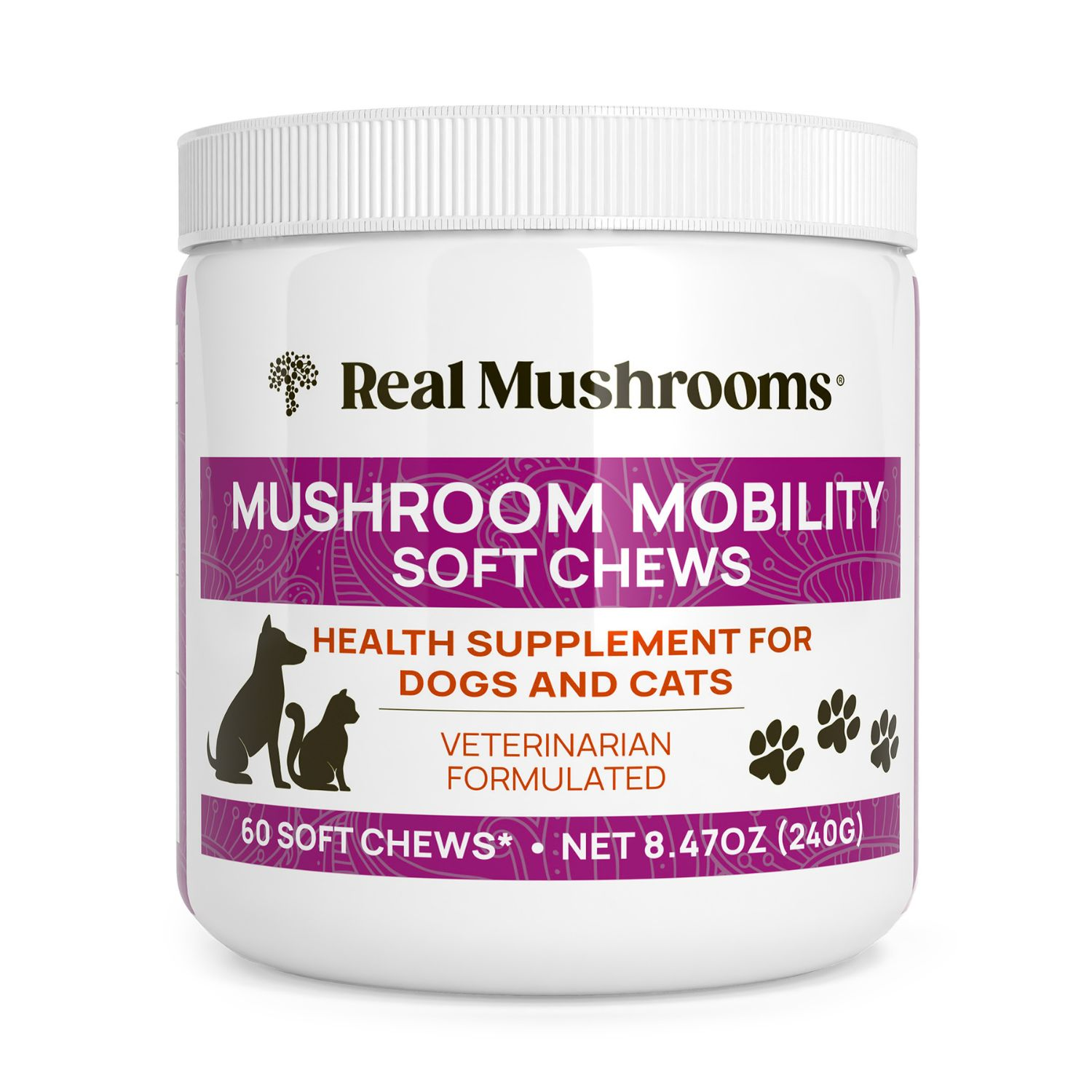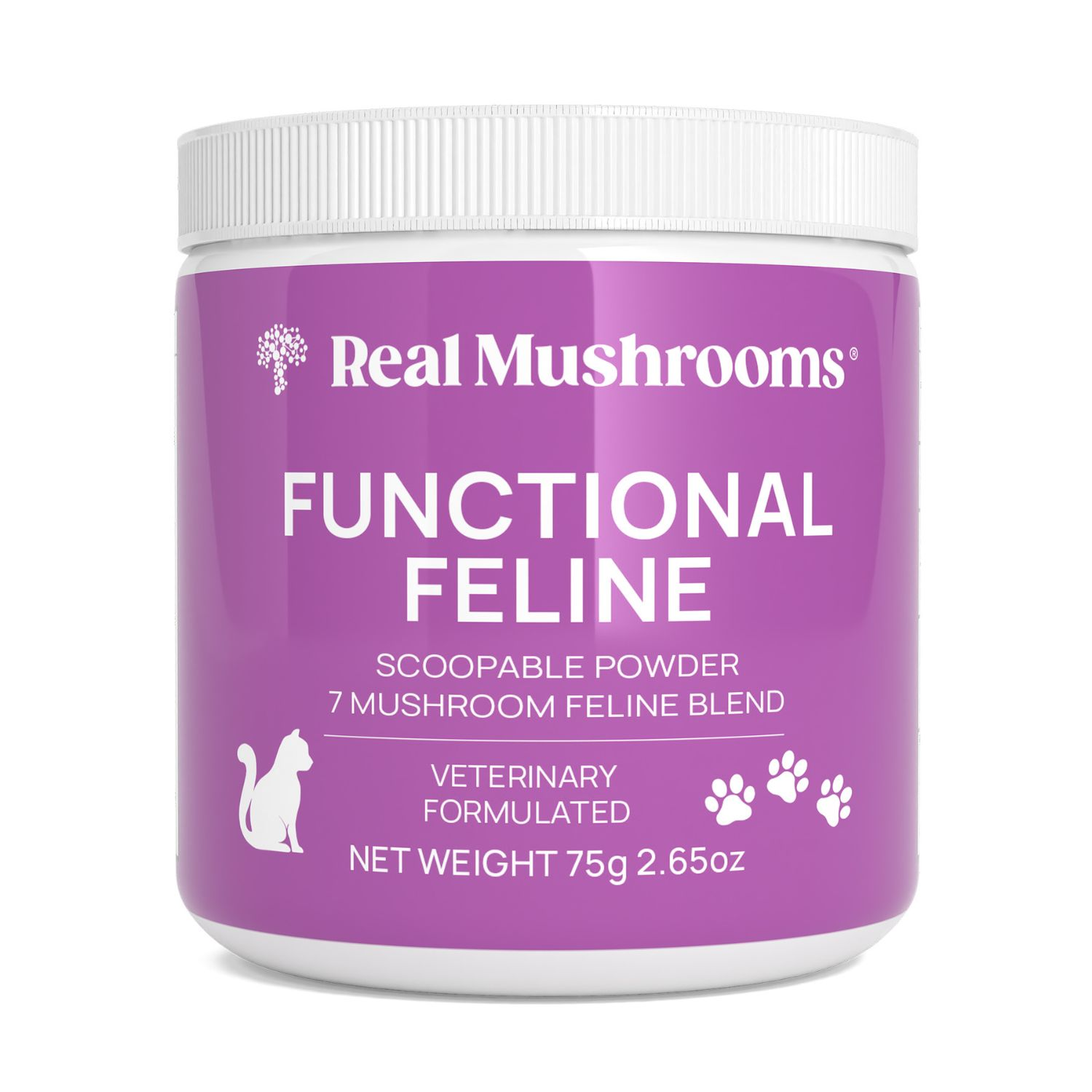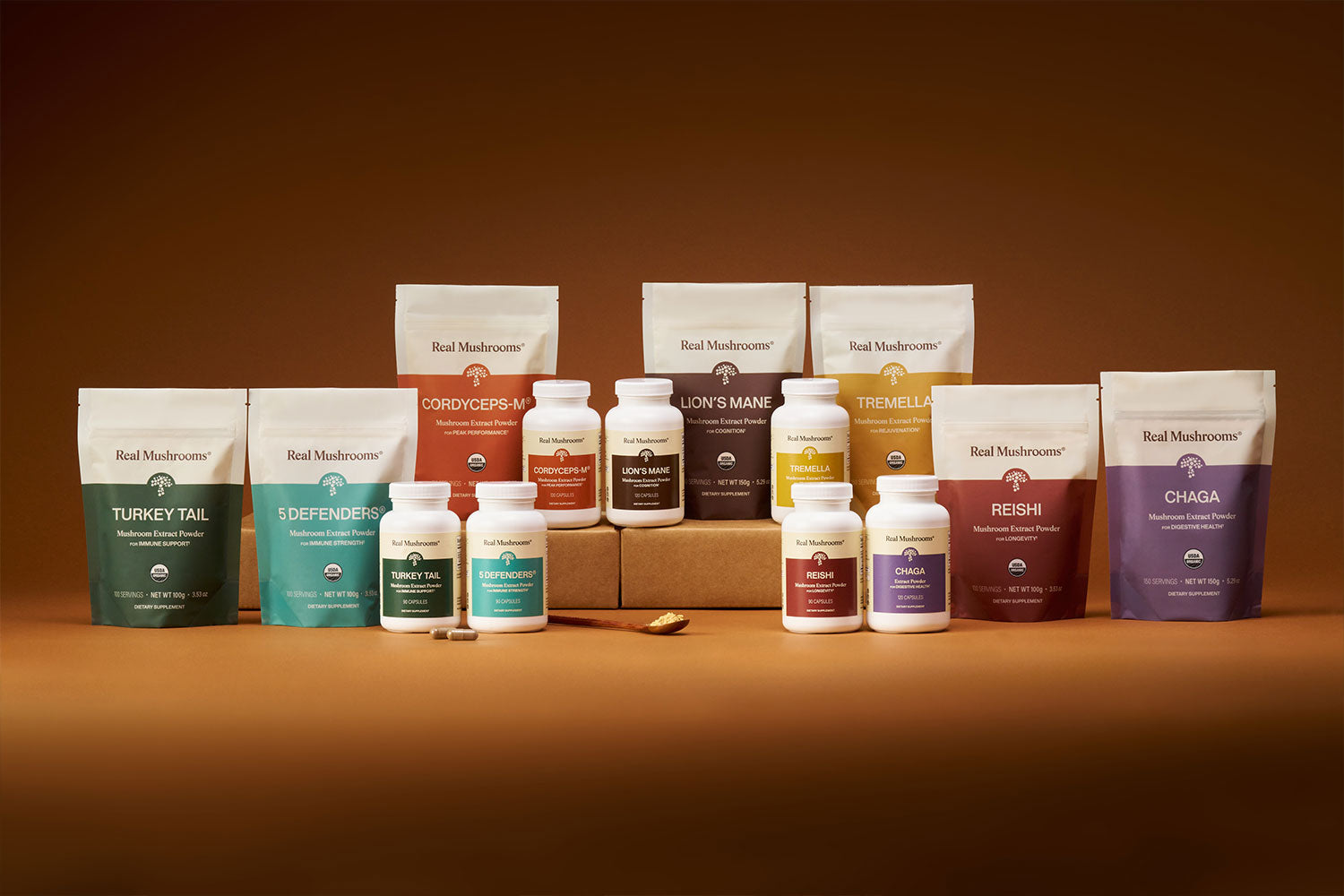Are Mushrooms Vegetables? Here’s What You Need to Know
9 minute read
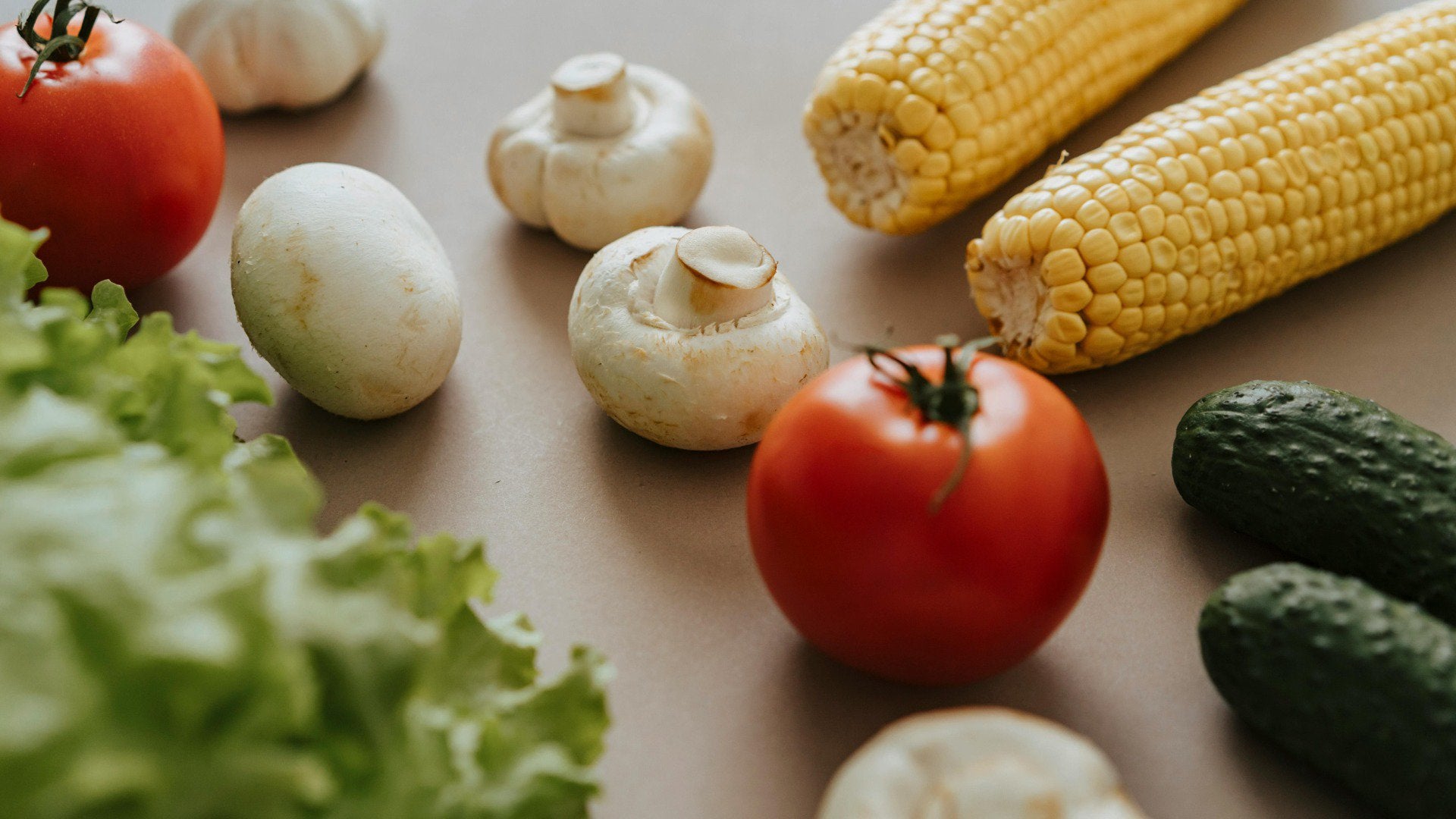
They sit beside broccoli and carrots in the grocery store. We cook them like veggies, toss them into salads, stir-fries, and soups. But here’s the question: Are mushrooms vegetables, or something else entirely?
Although mushrooms are commonly grouped with vegetables in culinary settings, they don’t actually belong to the plant kingdom. Instead, they come from an entirely different biological domain: Fungi.
Used in cuisines across the globe, edible mushrooms have been valued for centuries for their rich flavor and impressive nutrient profile. And with the rising popularity of functional mushrooms, they continue to be recognized for their wellness potential.
So before you label them as just another vegetable, there’s something you should know. Keep reading to discover what makes edible mushrooms one of the most fascinating, and misunderstood, foods in your kitchen, and how Real Mushrooms is helping unlock their full potential.
In This Article
- Are Mushrooms Plants or Fungi?
- How Do Mushrooms Grow?
- What Defines a Vegetable?
- Why are Mushrooms Often Grouped with Vegetables?
- What Nutrients Do Mushrooms Provide?
- What are the Health Benefits of Eating Mushrooms?
- Culinary Uses of Mushrooms
- Can Mushrooms Substitute for Vegetables in Recipes?
- Are There Risks to Eating Mushrooms?
Are Mushrooms Plants or Fungi?
Mushrooms are fungi, not plants. They belong to a distinct kingdom of life that operates under completely different biological rules from the plant world. They are neither fruit nor vegetable, neither a plant nor an animal, yet they play an essential role in ecosystems and human diets.
Unlike plants, mushrooms do not perform photosynthesis. Instead, they absorb nutrients from decaying organic material in the environment. This unique way of growing makes them essential contributors to ecosystem health.
What’s more, some mushrooms, like Reishi, Lion’s Mane, and Cordyceps, contain unique biological compounds like beta-glucans, triterpenes, and hericenones, which may help support immune-function, cognitive clarity, energy metabolism, and overall wellness [1].
Understanding mushrooms as fungi helps clarify why they differ so dramatically from vegetables, not only in how they grow, but in the types of compounds they offer.

Surprising Science: Mushrooms are genetically more closely related to animals than to plants.
How Do Mushrooms Grow?
Mushrooms reproduce through spores, microscopic seed-like structures that thrive in moist, nutrient-dense environments.
Once spores settle in a suitable environment, such as decaying leaves, wood, or organic matter, they develop into mycelium, a vast underground network of thread-like filaments.
This mycelial network acts as a control center of the entire fungus, breaking down matter and absorbing nutrients from the surrounding environment. When conditions are ideal, the part we commonly consume and sometimes mistakenly call a vegetable emerges. This above-ground structure is the equivalent of the mushroom’s fruit, developed to release new spores and complete the fungal reproductive cycle.
In nature, this entire process happens with wild mushrooms in forests, fields, and other undisturbed habitats. In contrast, mushroom farms replicate these conditions through controlled mushroom cultivation, allowing growers to consistently produce safe, potent mushrooms year-round.
This is especially important for functional mushrooms used in health products [2], where reliable quality and concentrated levels of beneficial compounds are essential.

What Defines a Vegetable?
In culinary terms, a vegetable is an edible plant or part of a plant, like a root, leaf, or stem, typically used in savory dishes.
Botanically, vegetables are more complex to define and often exclude anything that develops from a flower (like fruits).
Mushrooms don’t meet the botanical definition of a vegetable because they’re not part of a plant. However, they’re commonly referred to as vegetables in recipes and grocery stores because of their taste, texture, and how they’re used [3].
Nutritionally, mushrooms may offer many vegetable-like benefits. They’re low in calories, fat-free, and full of wellness-enhancing nutrients, making them a valuable dietary component, whatever category they’re placed in. Mushrooms are the only natural, non-animal source of vitamin D when exposed to sunlight [4].
Why are Mushrooms Often Grouped with Vegetables?
Despite being fungi, mushrooms are typically marketed, prepared, and consumed like vegetables, and for good reason. Their versatility, flavor, and nutrient content make them a natural fit in any kitchen.
- Flavor profile – They bring rich umami to dishes
- Ease of use – Slice, sauté, roast, or grill like a veggie
- Nutritional complement – Fit seamlessly into plant-based diets
Many commercial mushrooms, such as cremini, portobello, and white button, appear regularly on restaurant menus and are widely recognized as everyday food staples. They’re especially popular in vegetarian and vegan meals, often serving as satisfying substitutes for meat due to their dense texture and ability to absorb surrounding flavors.
In many cultures, mushrooms have long been integrated into traditional diets both for flavor and perceived wellness properties. Their popularity in Asian diets, for example, has contributed to the global rise in interest around functional mushrooms [5].
Real Mushrooms honors this legacy by delivering rigorously tested mushroom powder extracts that support immunity, cognitive function, energy, and more.
What Nutrients Do Mushrooms Provide?
Many mushroom species offer a diverse range of essential nutrients and functional compounds that make them a smart and versatile addition to a healthy diet. They are low in calories, naturally free of saturated fat, and contain no cholesterol, making them a heart-healthy choice. Their unique composition includes:
- B vitamins: Riboflavin, niacin, pantothenic acid
- Minerals: Selenium, potassium, copper
- Antioxidants: Glutathione and ergothioneine
- Beta-glucans: Compounds that may support immune function and cholesterol balance
Varieties like oyster mushrooms are also recognized for their higher antioxidant levels and potential cholesterol-modulating effects compared to more common cultivated types.
While raw mushrooms are often added to salads and cold dishes, cooking them can improve the bioavailability of certain nutrients, especially beta-glucans. They also contain small amounts of protein and fiber, helping to round out their nutritional profile.
Additionally, mushrooms can be a valuable source of vitamin D. When exposed to sunlight or UV light, their vitamin D content increases significantly, making them one of the few plant-based foods believed to support bone health and immune function naturally.
What are the Health Benefits of Eating Mushrooms?
Different mushroom types contribute their own set of targeted wellness benefits: For example, shiitake and maitake are linked to immune resilience, lion’s mane is studied for neurological support, and cordyceps are associated with energy and stamina.
To help make the most of these powerful fungi, here are a few featured options from Real Mushrooms, each carefully extracted to retain their key beneficial compounds:
- For Cognitive Support: Organic Lion’s Mane Mushroom Powder, Supports memory, focus, and brain health with bioactive compounds like hericenones and erinacines.
- To Support Vitality & Stress: Organic Reishi Mushroom Extract, Traditionally used to support stress balance, immune function, and restful sleep.
- For Immune Support: Organic Turkey Tail Mushroom Extract, Rich in beta-glucans to help balance immune response and promote gut health.
These health-supporting properties come from naturally occurring compounds like beta-glucans, ergothioneine, and cordycepin, which interact with the body in unique ways to deliver a wide range of nutritional benefits, including:
- A balanced immune response [6]
- Natural energy and endurance [7]
- Antioxidant activity and cellular defense
- Healthy inflammatory responses
- Overall vitality and well-being [8]
Whether consumed as whole foods or taken in supplement form, mushrooms continue to stand out as powerful allies for daily wellness, offering benefits that go far beyond their nutrient profile.

Culinary Uses of Mushrooms
Mushrooms are highly versatile in cooking. Their umami flavor and hearty texture make them a staple ingredient across a wide range of culinary styles. When you add mushrooms to your meals, you're not just enhancing taste, you’re also increasing nutrient density without adding saturated fat. Use them to:
- Soups and stews for depth
- Stir-fries and pastas for nutrition
- Grilled as burger replacements (e.g., portobello)
- Chopped into tacos or fillings for added nutrition
Popular varieties like oyster mushrooms and Agaricus bisporus (white button mushrooms) are excellent for daily cooking, offering a good source of micronutrients and a dense, satisfying bite.
Dried mushrooms are another convenient option, easily rehydrated and added to soups, risottos, or sauces for extra flavor and depth. They also retain many of the same health-supportive compounds found in fresh mushrooms.
Real Mushrooms powders can also be stirred into teas, broths, or smoothie bowls for an easy nutritional upgrade.

Can Mushrooms Substitute for Vegetables in Recipes?
Absolutely. Mushrooms make excellent substitutes for other vegetables, not only due to their flavor but also their texture and nutritional content. They can:
- Mimic meatiness in veggie burgers
- Add chew to stir-fries
- Be finely chopped into pasta sauces for depth and flavor
- Replace meat or eggplant in baked dishes
Their versatility and nutrient density make them one of the easiest, most flavorful ways to bulk up a dish naturally, and support your health in the process.
Are There Risks to Eating Mushrooms?
While cultivated mushrooms are generally safe, some precautions apply:
- Misidentifying wild mushrooms can be dangerous, even lethal. Not all mushrooms found in the wild are safe to eat. Foraging should only be done with expert guidance to avoid accidentally picking poisonous mushrooms.
- Some mushrooms can cause allergic reactions, although this is rare. If you’re new to mushrooms, start with a small amount and monitor your response.
- Certain varieties may cause digestive discomfort, especially when eaten raw. That’s why cooking is often recommended; it helps break down tough cell walls and enhances nutrient availability.
Safety also depends on how mushrooms are grown. If you're growing mushrooms at home, maintaining sterile conditions is key to avoiding contamination or mold exposure.
Better yet, opt for tested, third-party-verified mushroom products, like those from Real Mushrooms. Always consult a healthcare provider if taking medication with supplements.
Elevate Your Wellness Routine with Functional Mushrooms
So, are mushrooms vegetables? As we have established, no, they’re fungi. However, in culinary and wellness routines, they stand proudly beside vegetables, offering rich flavor and a broad spectrum of valuable compounds that support whole-body health.
If you’re ready to go beyond the basics, Real Mushrooms makes it easy to take full advantage of the benefits of functional mushrooms. Made using only the mushroom (fruiting body), the most potent and bioactive part of the fungus, never mycelium or grain fillers, you can trust you’re getting the purest, most concentrated mushroom extracts to support your wellness journey

Related Articles
- Beyond Vitamins: How Mushrooms Are Revolutionizing Natural Nutrition
- How Mushroom Gardening Can Improve Your Mental Health
- Types of Edible Mushrooms: A Guide for Foragers and Foodies
- Vegan Vitamin D: Why Mushrooms are Your Best Whole Food Source

References
- Yadav, D., & Negi, P. S. (2021). Bioactive components of mushrooms: Processing effects and health benefits. Food Research International, 148, 110599. https://doi.org/10.1016/j.foodres.2021.110599
- Peñas, R. T. L. II, Ardiente, I. L., San Diego, A., Jr., Bilbao, B. M., & Valenzuela, J., II. (June 2017). Design evaluation of microcontroller-driven temperature, humidity and soil moisture control system for the cultivation of Pleurotus florida mushroom in a controlled-environment plant box [Conference presentation]. DLSU Research Congress 2017, De La Salle University, Manila, Philippines. Retrieved from https://spheres.dost.gov.ph/profiles/930-dr-reynaldo-ted-l-penas-ii
- Agarwal, S., & Fulgoni, V. L., III. (2021). Nutritional impact of adding a serving of mushrooms to USDA Food Patterns – a dietary modeling analysis. Food & Nutrition Research, 65. https://doi.org/10.29219/fnr.v65.5618
- Starck, C., Cassettari, T., Wright, J., Petocz, P., Beckett, E., & Fayet-Moore, F. (2024). Mushrooms: a food-based solution to vitamin D deficiency to include in dietary guidelines. Frontiers in Nutrition, 11. https://doi.org/10.3389/fnut.2024.1384273
- Feeney, M. J., Miller, A. M., & Roupas, P. (2014). Mushrooms—Biologically distinct and nutritionally unique. Nutrition Today, 49(6), 301–307. https://doi.org/10.1097/nt.0000000000000063
- Venturella, G., Ferraro, V., Cirlincione, F., & Gargano, M. L. (2021). Medicinal mushrooms: bioactive compounds, use, and clinical trials. International Journal of Molecular Sciences, 22(2), 634. https://doi.org/10.3390/ijms22020634
- Jędrejko, K. J., Lazur, J., & Muszyńska, B. (2021). Cordyceps militaris: An Overview of Its Chemical Constituents in Relation to Biological Activity. Foods, 10(11), 2634. https://doi.org/10.3390/foods10112634
- Ma, G., Yang, W., Zhao, L., Pei, F., Fang, D., & Hu, Q. (2018). A critical review on the health promoting effects of mushrooms nutraceuticals. Food Science and Human Wellness, 7(2), 125–133. https://doi.org/10.1016/j.fshw.2018.05.002
